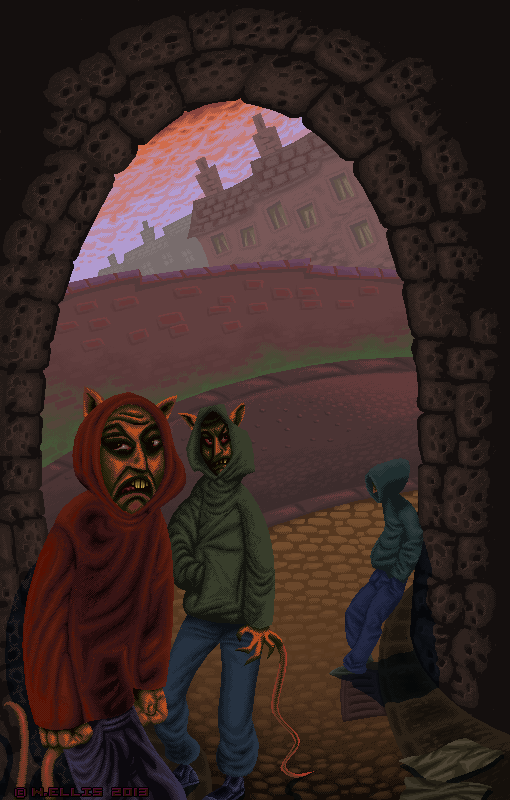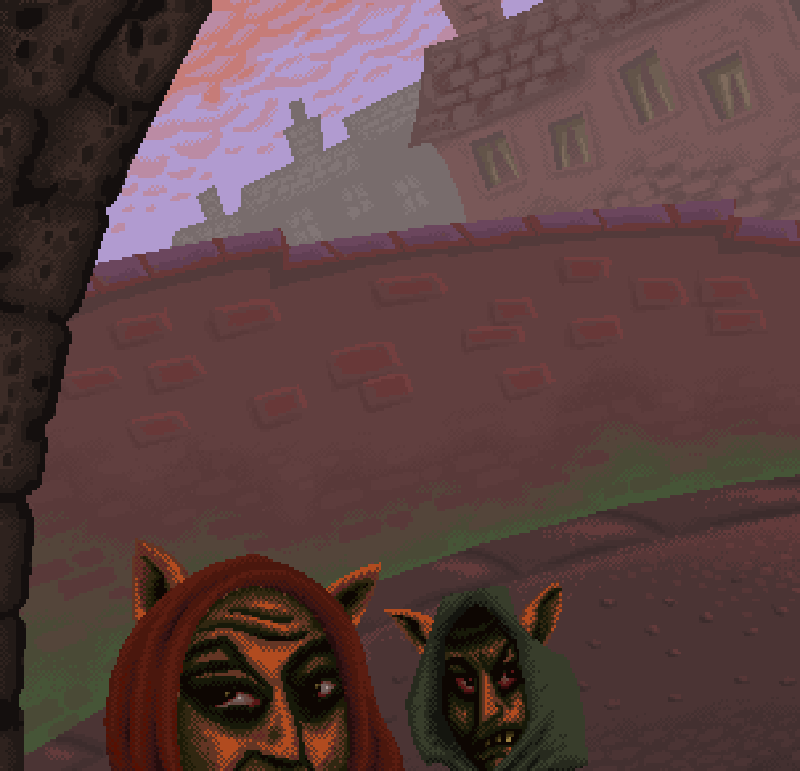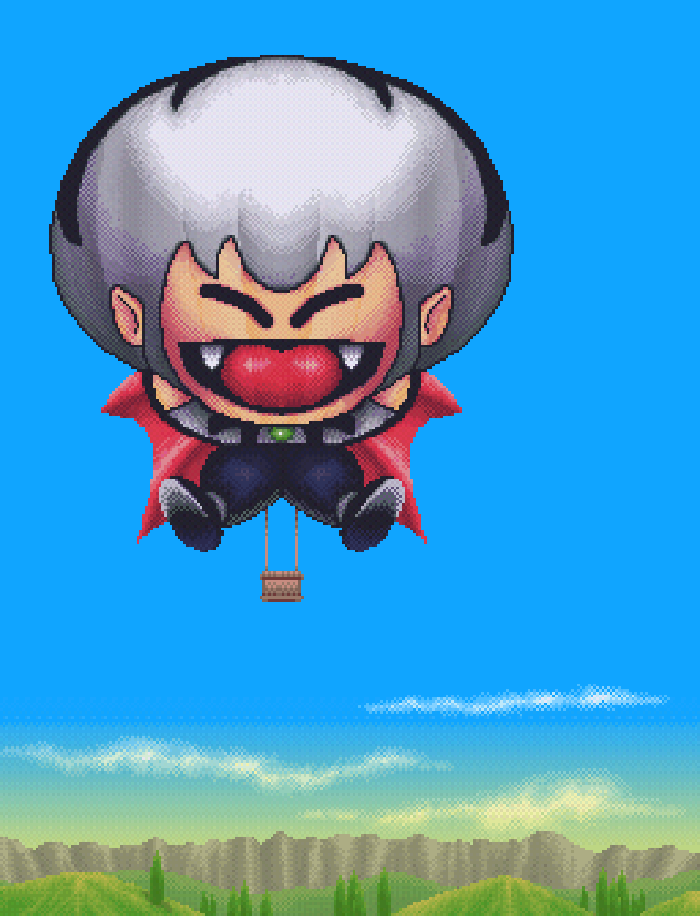In this Research point, the aim was to look at illustrators and artists who use paper as a medium rather than just a surface.
It seems upon researching this area that there’re seemingly endless and creative ways In which artists use paper and card to create pieces.
Click on each artists name to see further work.
Jodi Harvey
Artist Jody Harvey uses paper from hardback editions of books to create lovely paper sculptures featuring the characters from the particular book chosen, giving the impression of a 3D narrative bursting from the pages.
These are brilliant, they capture the imagination really well and they’re full of character. The use of each book in this way is really imaginative and it’s a clever alternative use of narrative through paper to give a condensed overview of the story. These look like they would work perfectly for the stop motion animation genre.
These pieces look as though they have been meticulously cut using a very sharp knife, I assume they’ve been patterned somehow beforehand like a garment then glued in places, although many areas look as though they are deviously folded somehow in a way which adds an appearance of layered thickness. I suspect that a stiffening agent has been used on some of the more fragile areas, maybe a PVA solution to add some rigidity.
Isobelle Ouzman
Isobelle Ouzman’s work is intricate and decorative and reminds me of Art Nouveau in it’s styling. The use of carved depth and drawings to create an optical illusion is superb and the highly decorative nature of the illustration adds a nice bygone sensibility to each piece. This artist has a recycle ethic in that she rescues unwanted books that she is given or comes across in second hand shops.
A small clue as to how these books may be constructed is revealed when they are viewed at a more oblique angle : the illusion of depth looks as though it’s achieved by gluing together a group of pages, cutting out the first aperture, then repeating the process with an ever decreasing hole until the desired depth is reached. Whether the illustrative aspect is first created then the hole is cut around this I’m not certain, I think if I were approaching something like this I would do it that way for accuracy. Either way, it looks very painstaking and the results speak for themselves. The finer transition in some of the examples must take a long time and It looks to me as though all the pages are painted beforehand so they can be drawn upon. Superb result whichever method they’re created with.
Morgana Wallace
Here, the artist uses paper collage accompanied by watercolour, along with pen and ink in places. It’s quite difficult to discern from these flat images but there are layers of depth in the images as each layer is stood proud of the last, giving a nice 3D parallax. These paper creations have a modern feel yet they curiously feel traditional in their style too, almost reminiscent of European folk art from the 19th century.
From looking over a selection of these images, I’m reminded of marquetry, the difference here being that there are layers with increasing relief applied which adds depth. I really like how many of the images are vignettes on plain backgrounds, these have a lovely detached and other worldly narrative quality where there’s nothing else to clutter them, making them very impactful.
I wondered if they were created from a reverse tracing and cut out with overlaps which could allow for the layering element. There definitely seems to be some evidence of creasing and scoring happening in places, the cloth effects are great when combined with the mixed media. I get the impression that good lighting plays a part in showing off the best of these kinds of relief images where there are shallow details which cast slight shadows.
Conclusion
These were just a few examples of the many different kinds of paper craft out there, ranging from fully three dimensional, to deep relief and shallow relief. Some amazing examples and very inventive ways of using paper as a medium. While I was taking Level 1 Illustration, I experimented with pop-up, which is a kind of paper craft, although not strictly in the sense of these creations shown here. That was great fun and challenging, It took me a few cracked eggs to make that omelette in the end, but it was worth it and I was quite happy with the result there.
Image references:
https://www.jodiharveyart.com/
https://morgana-m-wallace.tumblr.com/











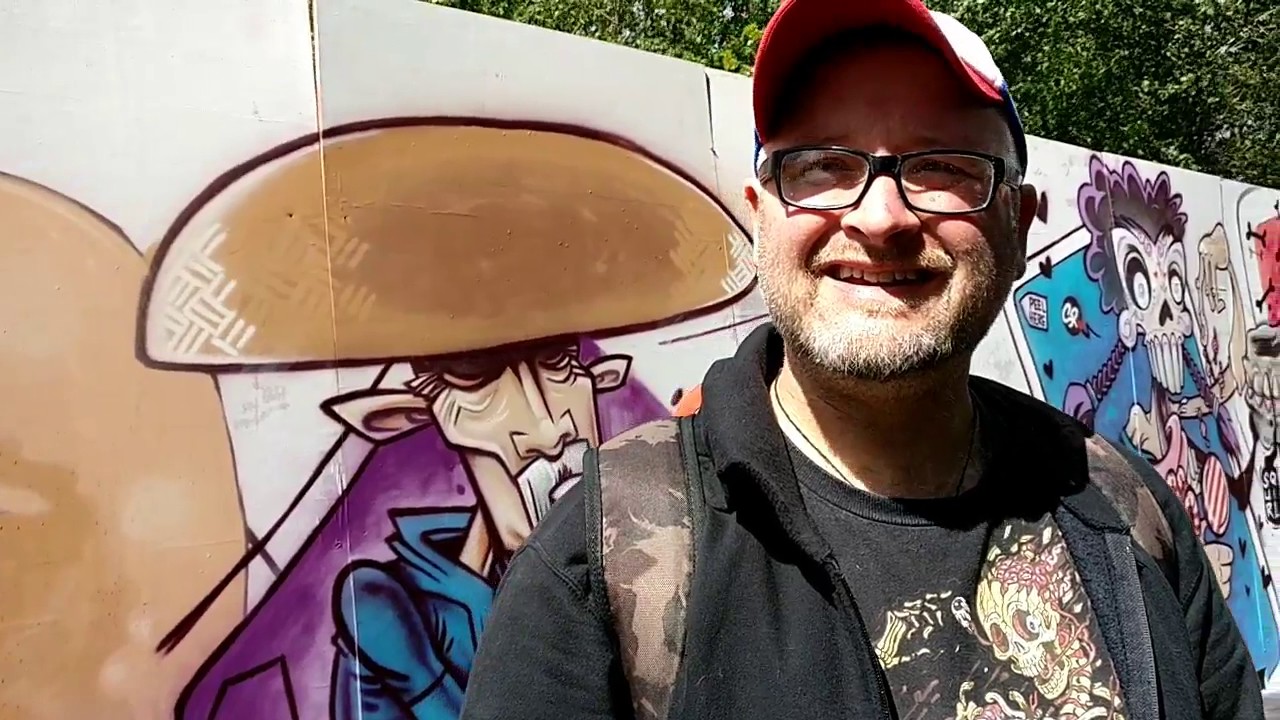


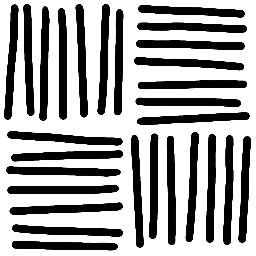

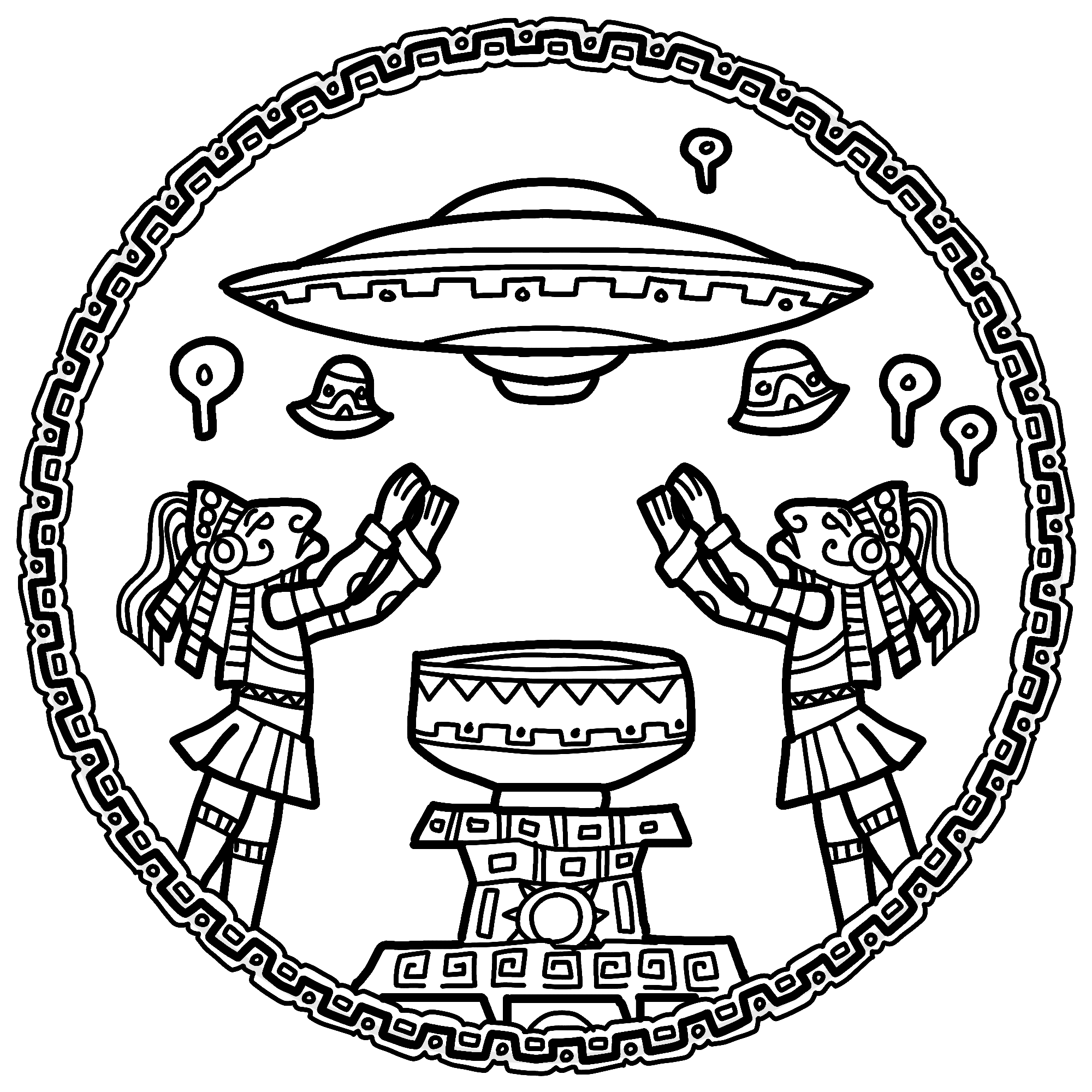

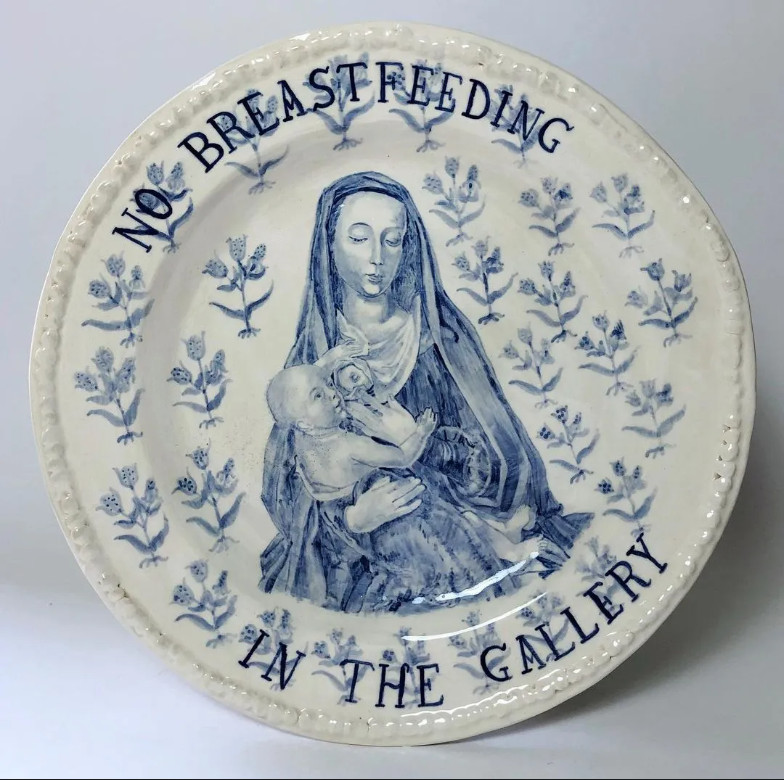












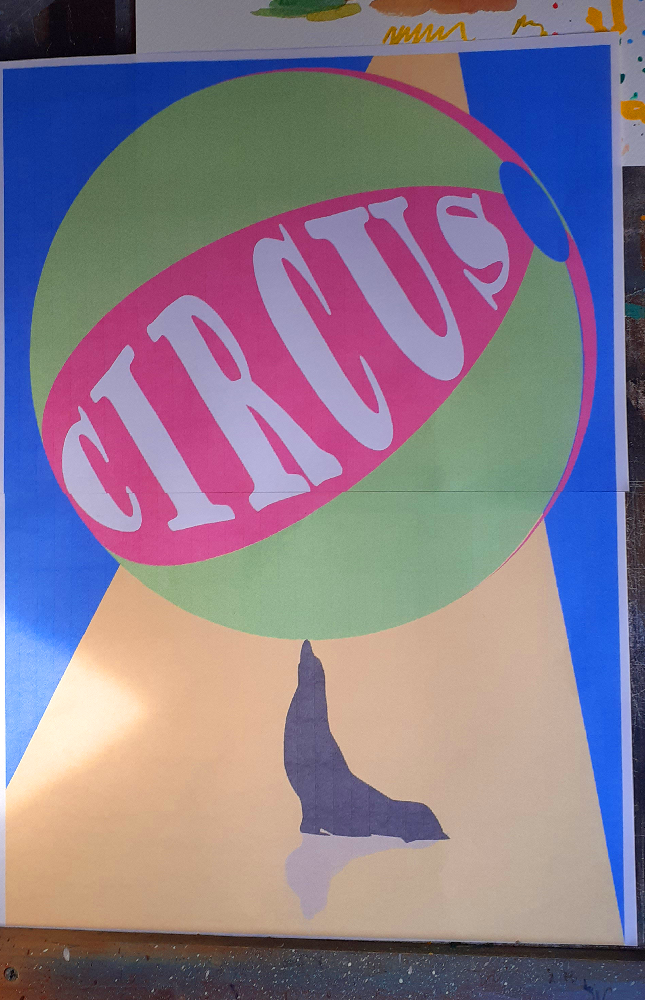
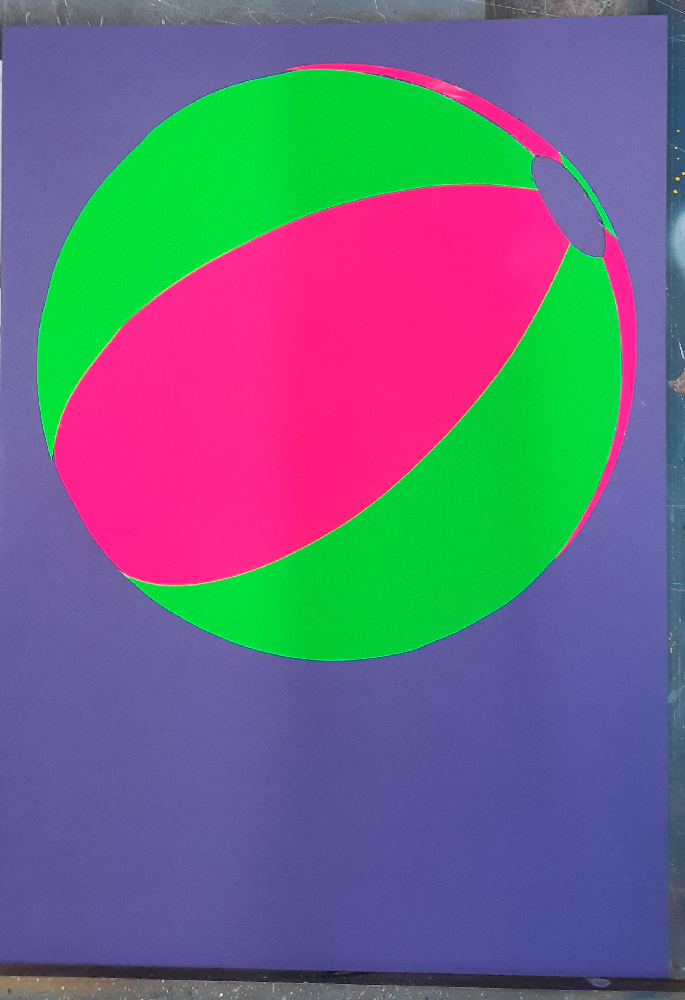
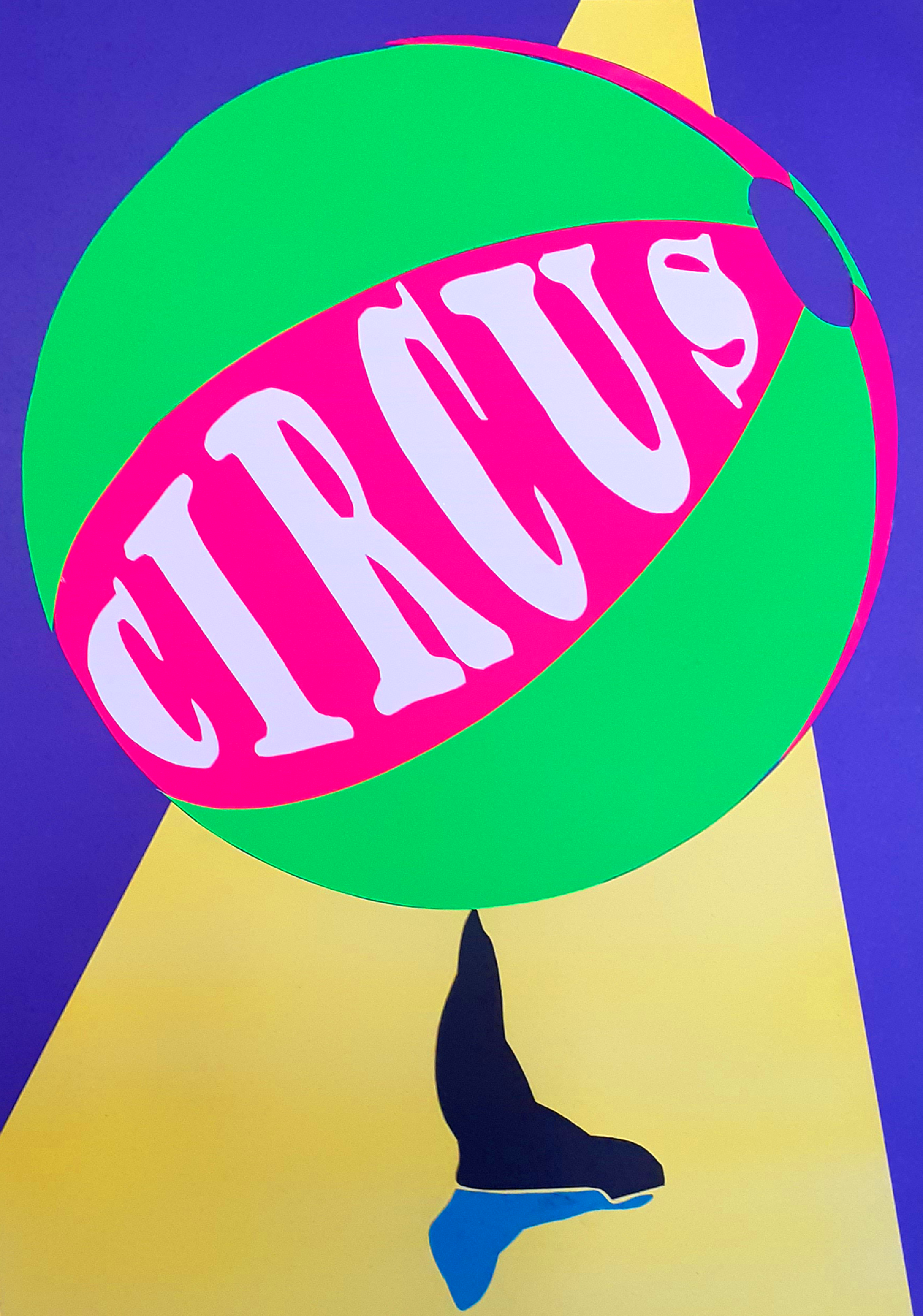
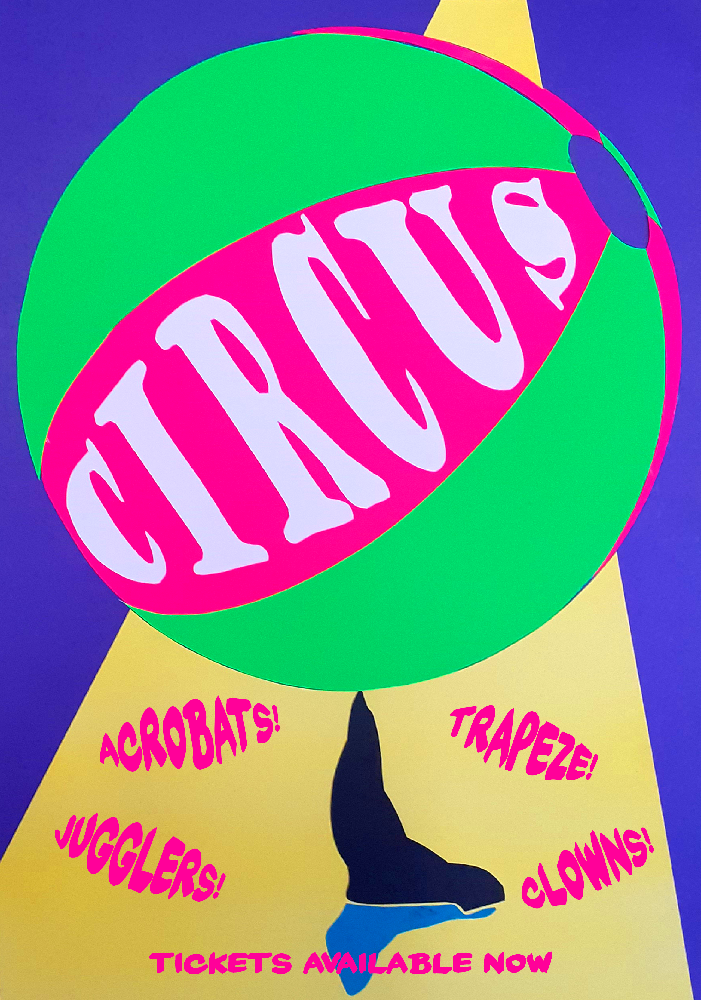
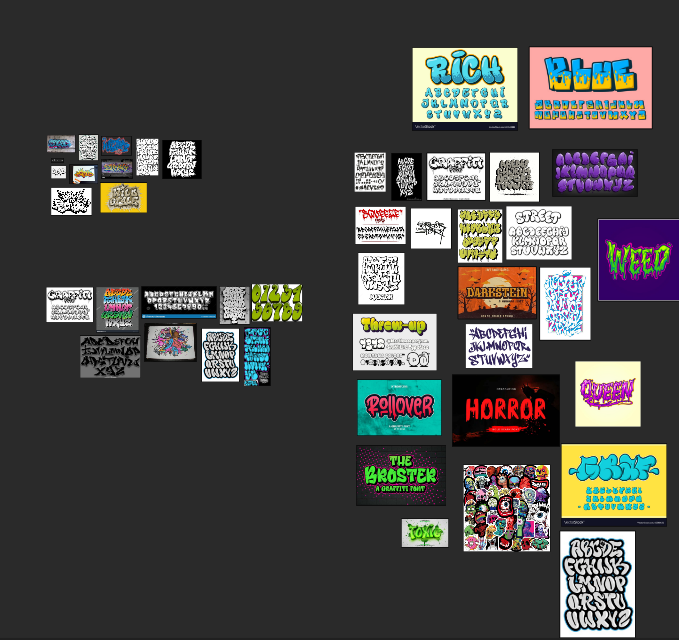
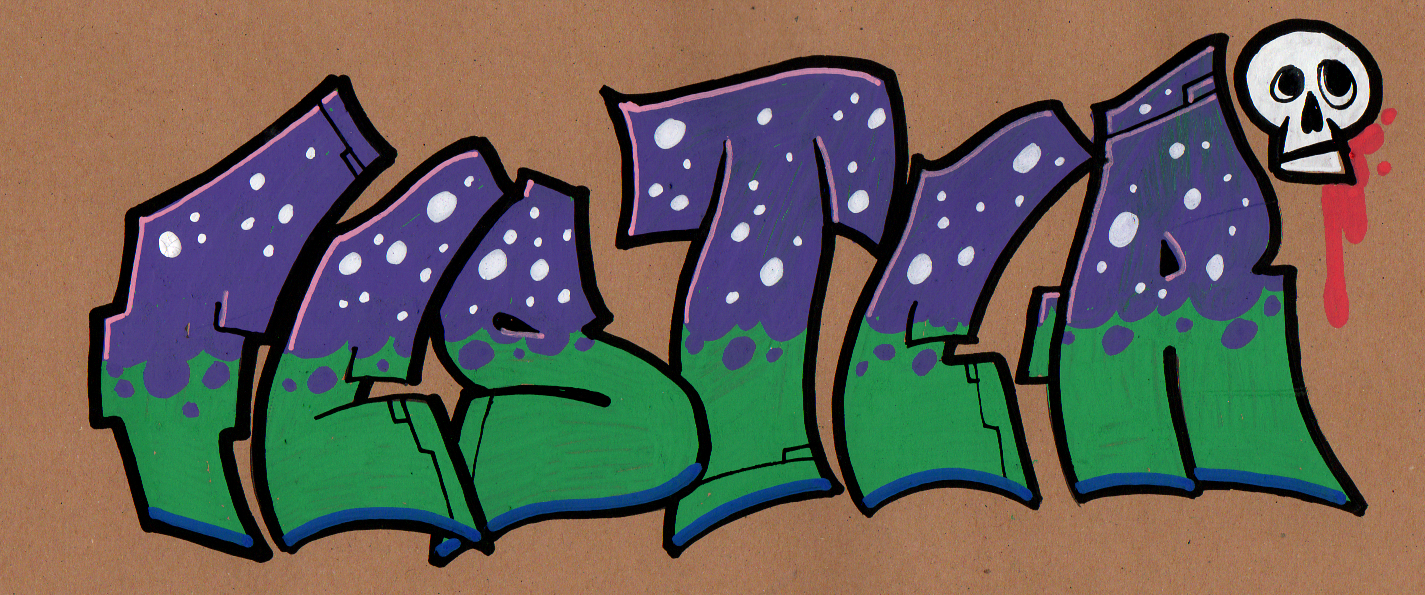
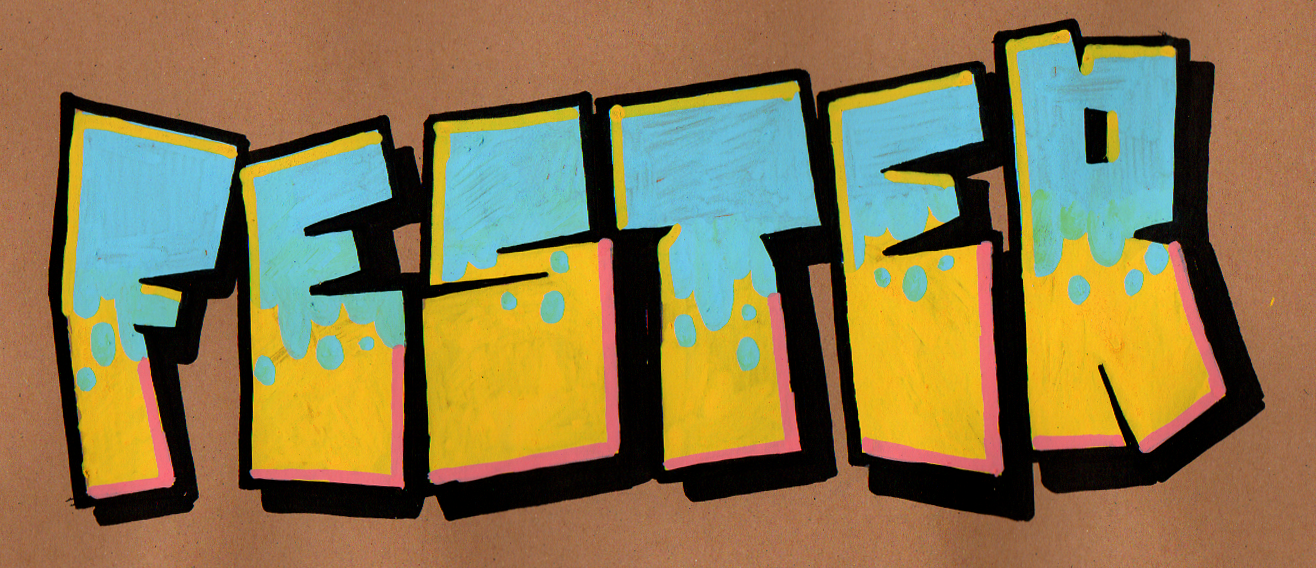
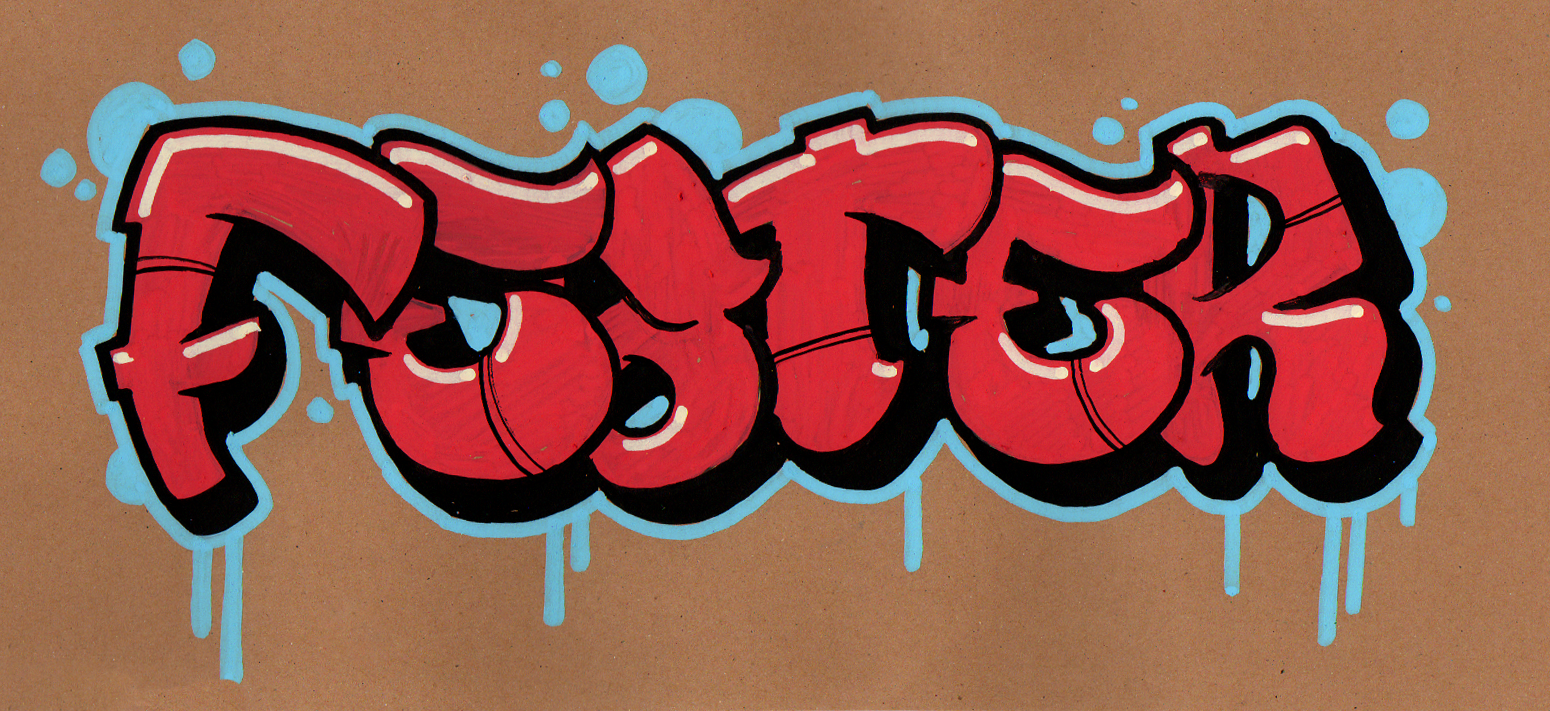
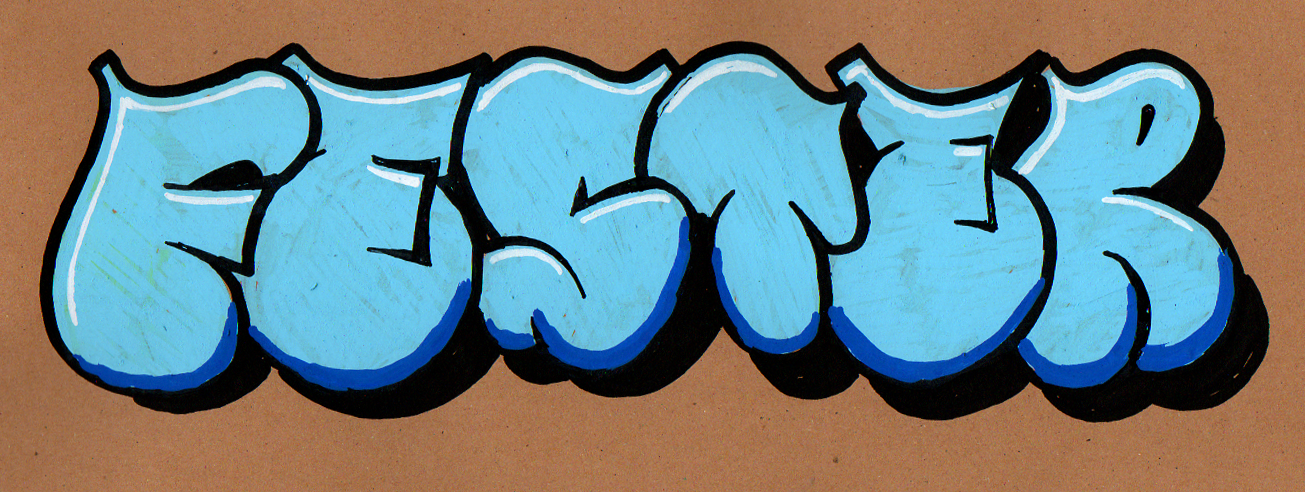
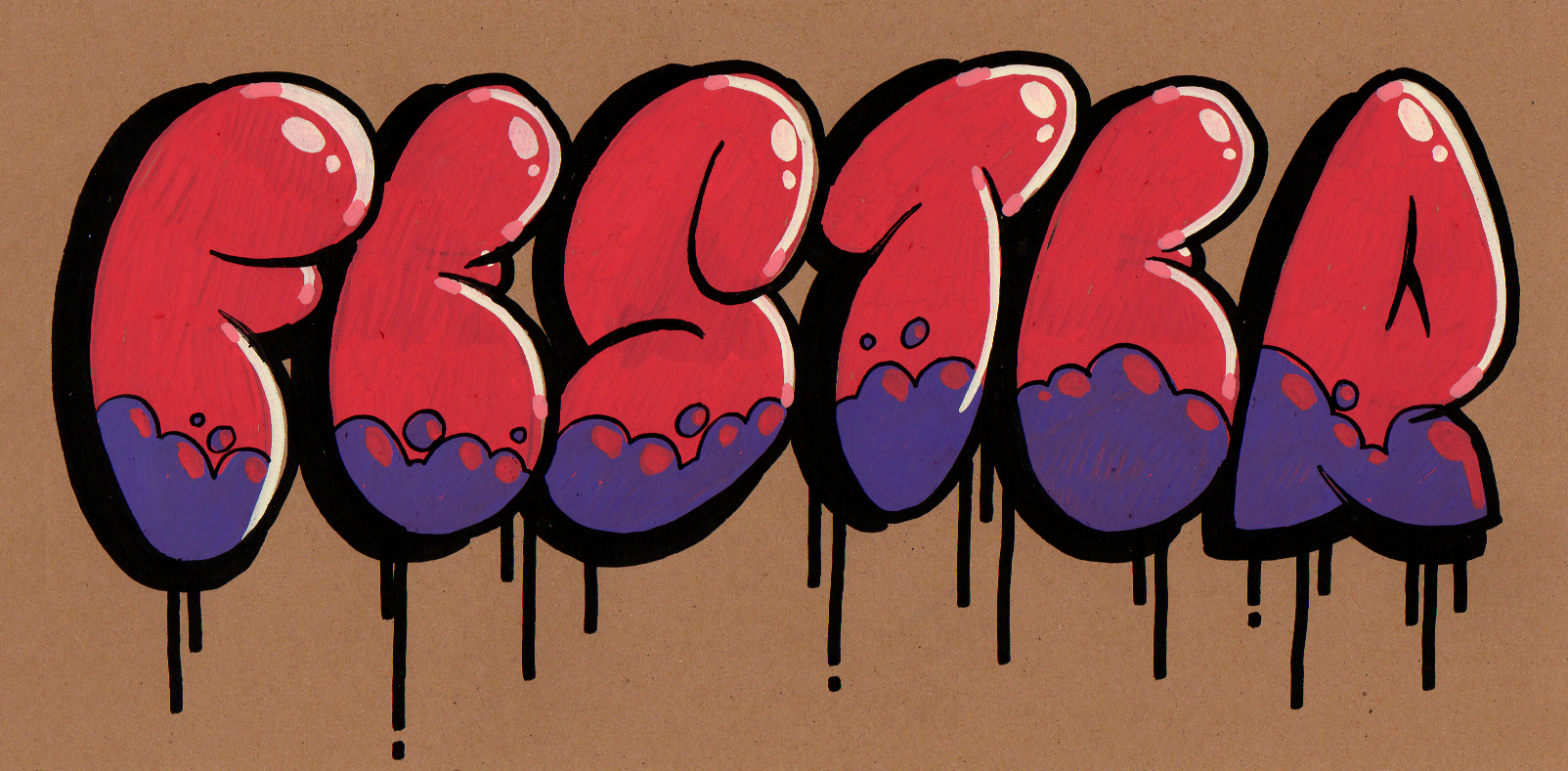
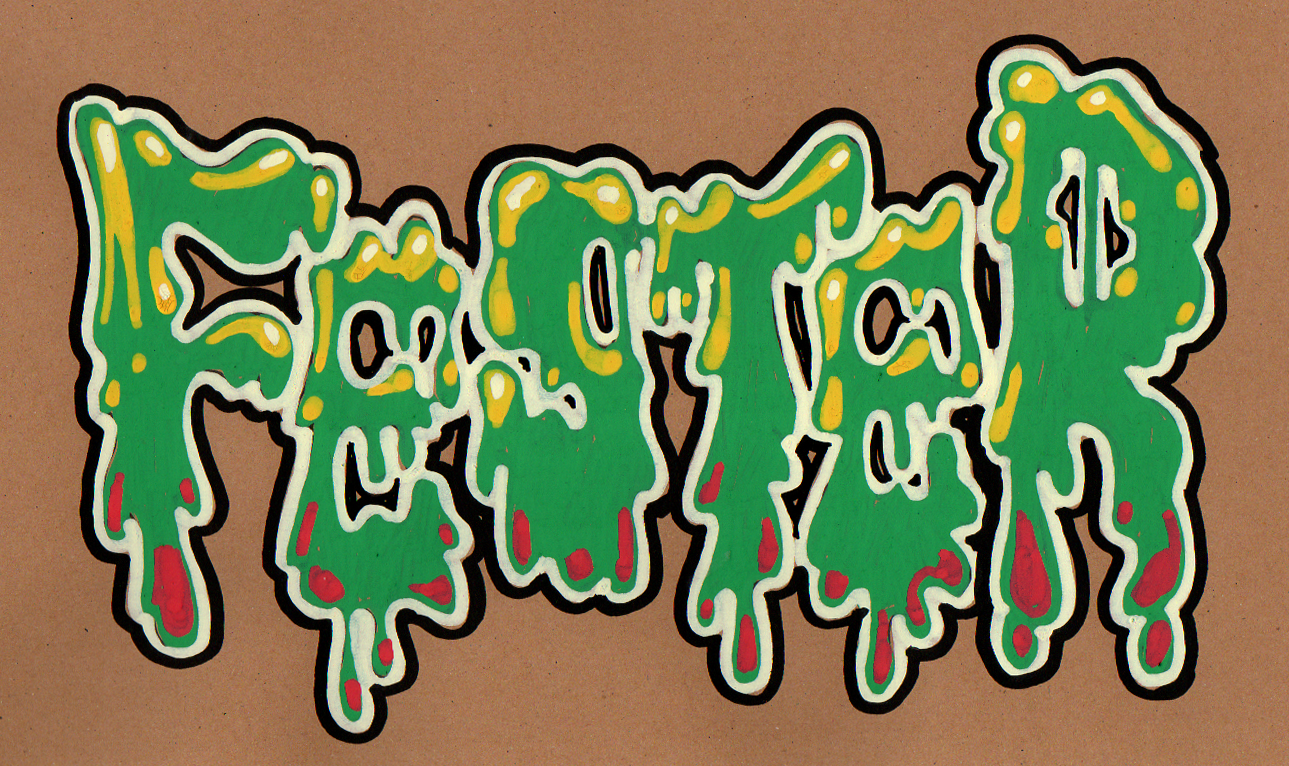
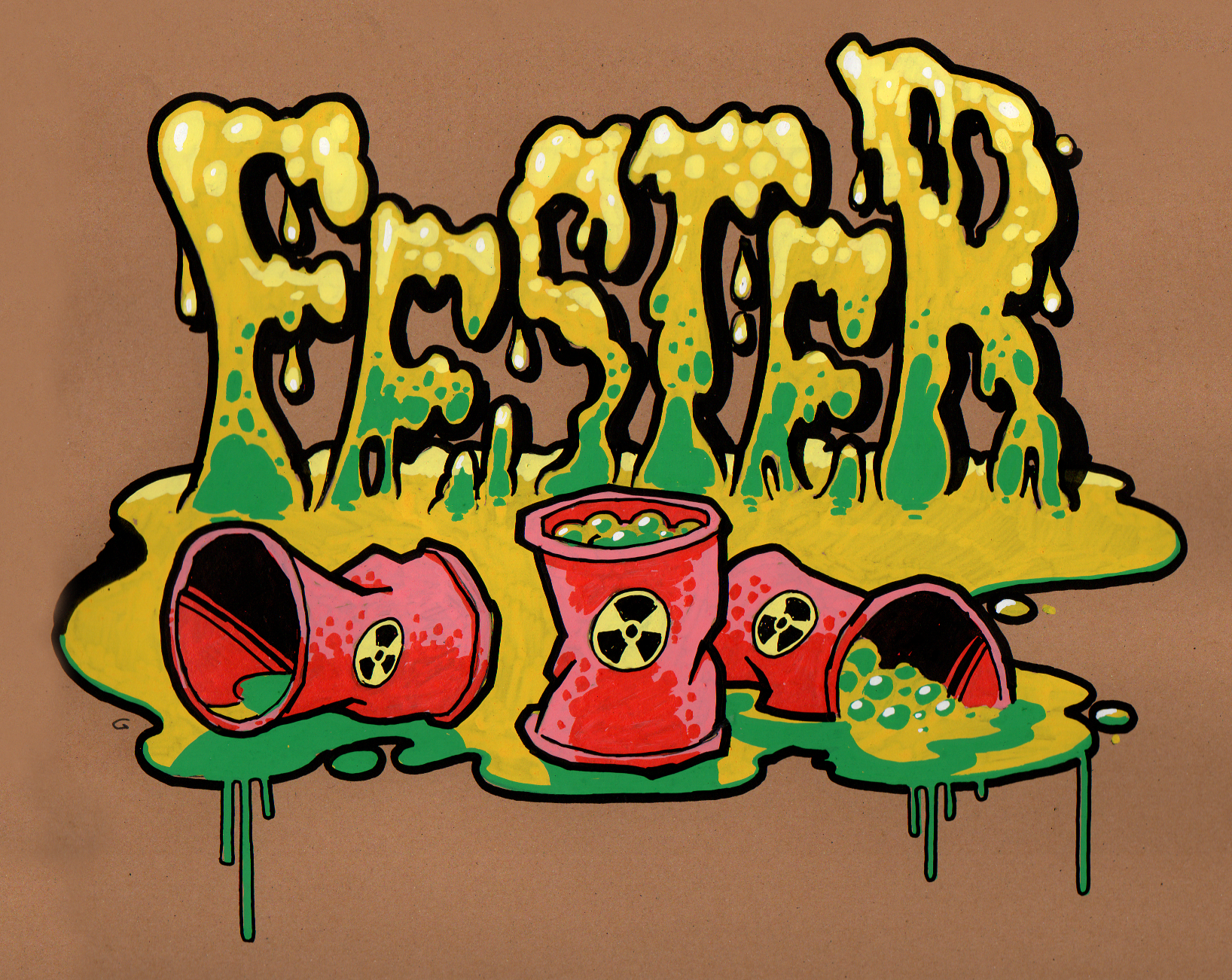
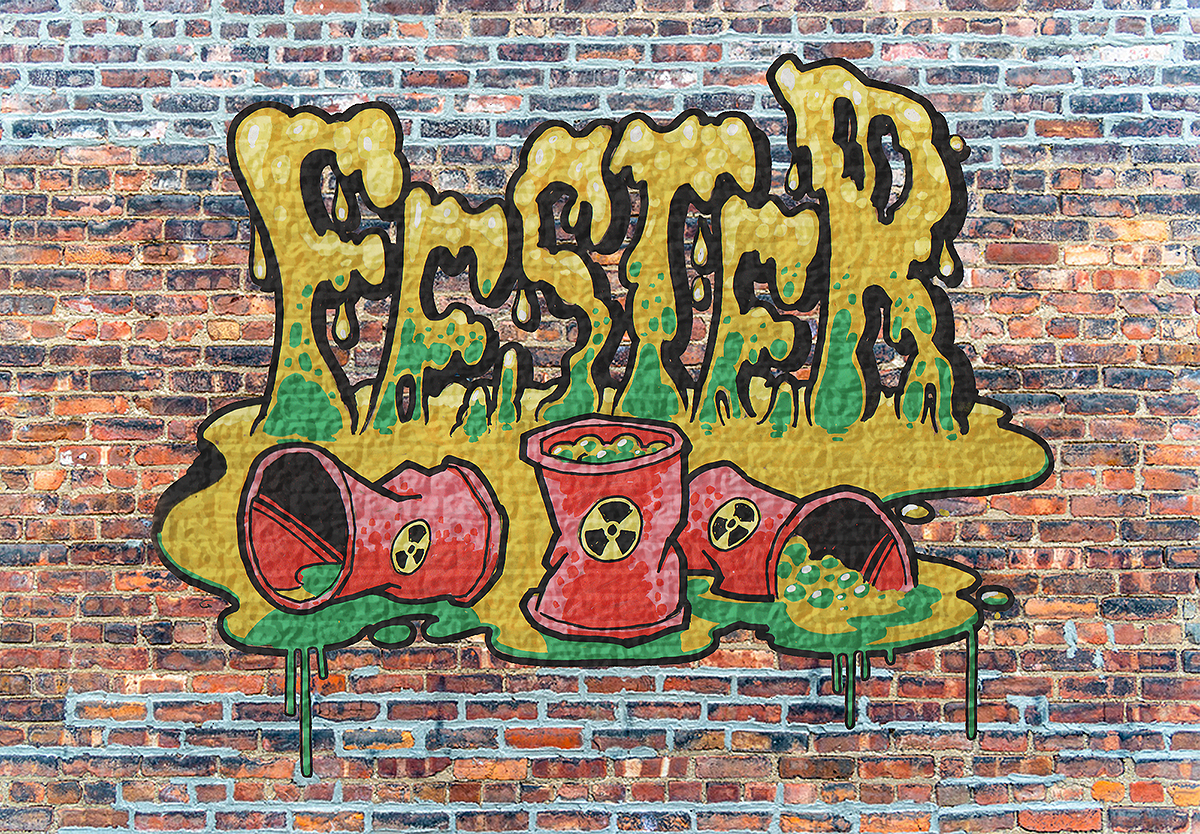
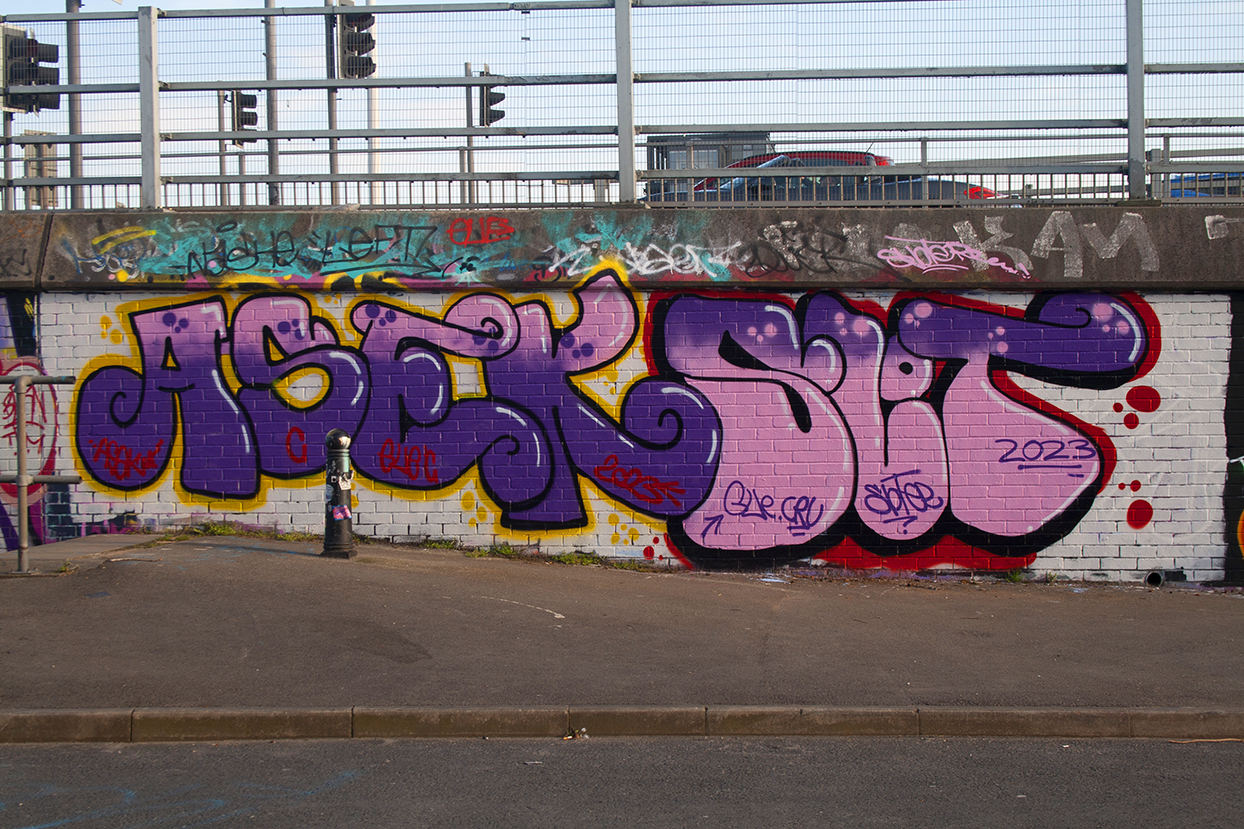
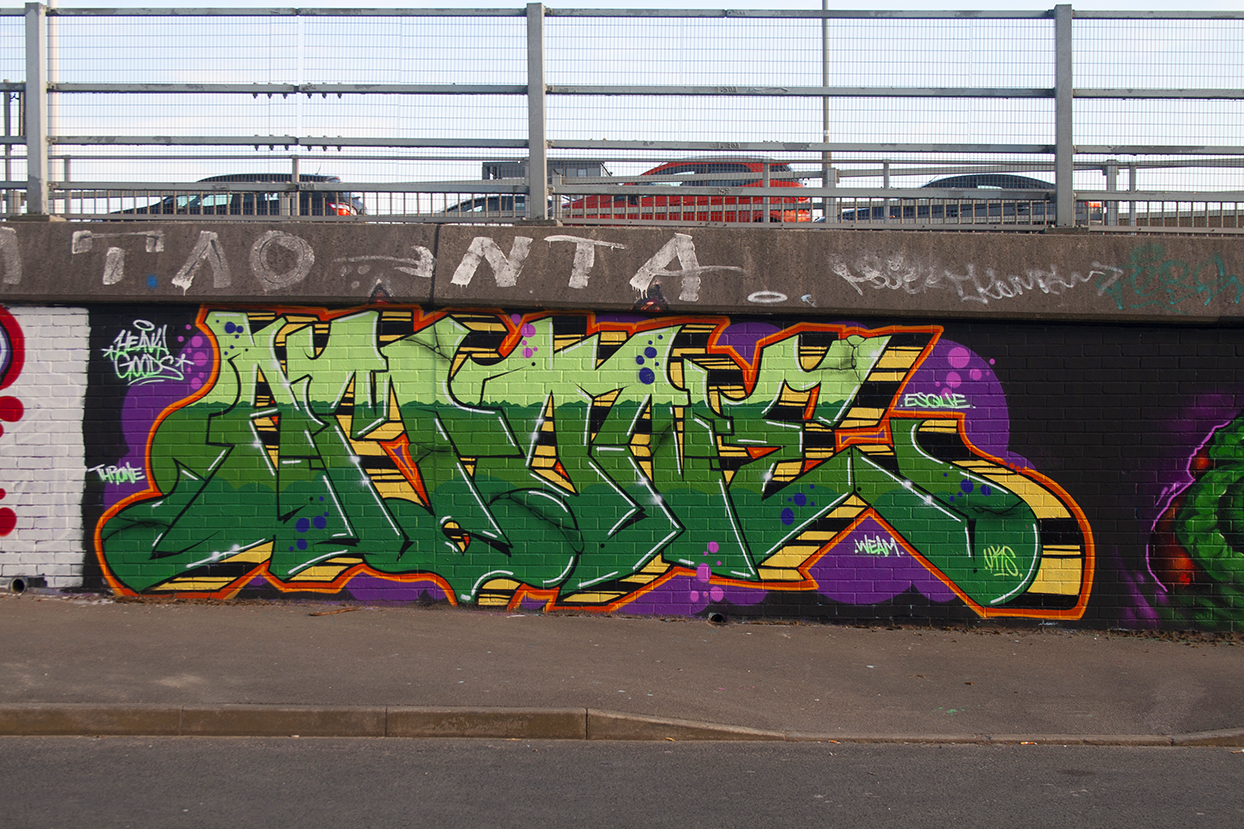
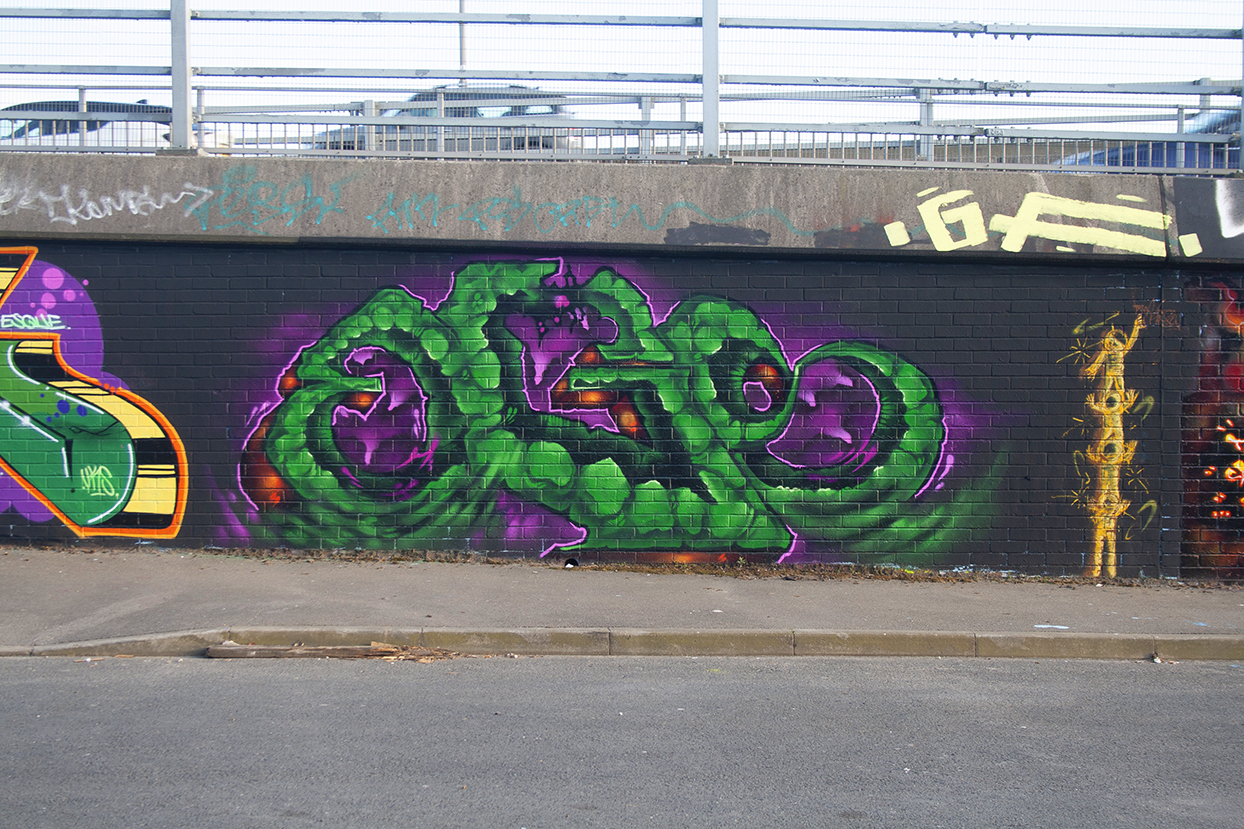
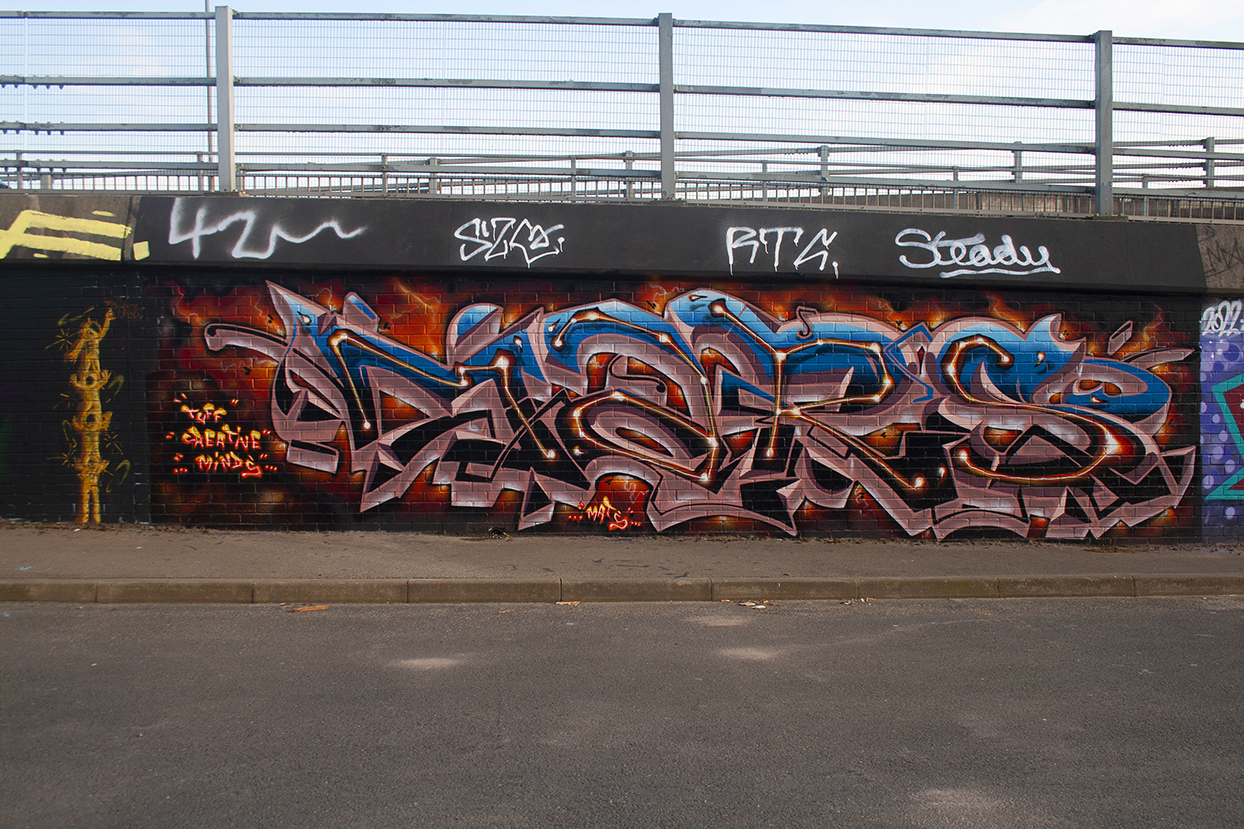
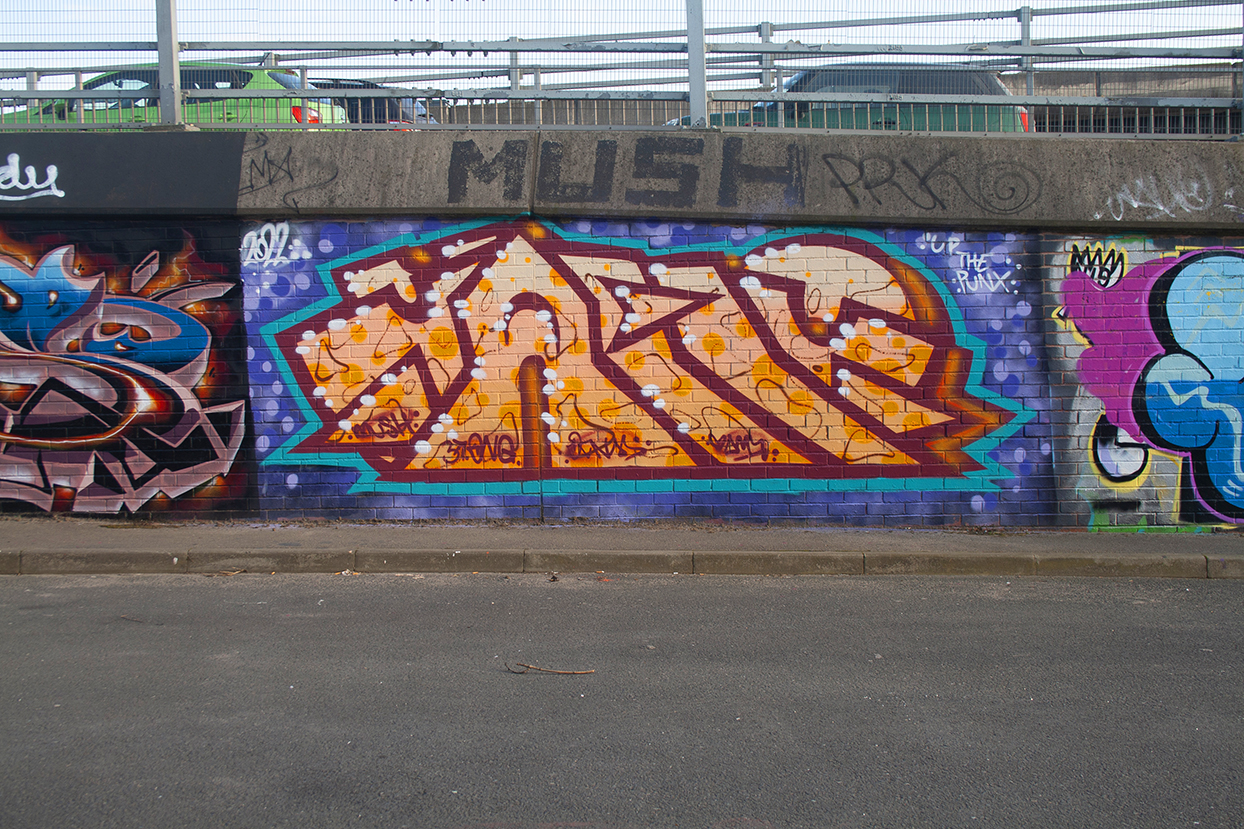
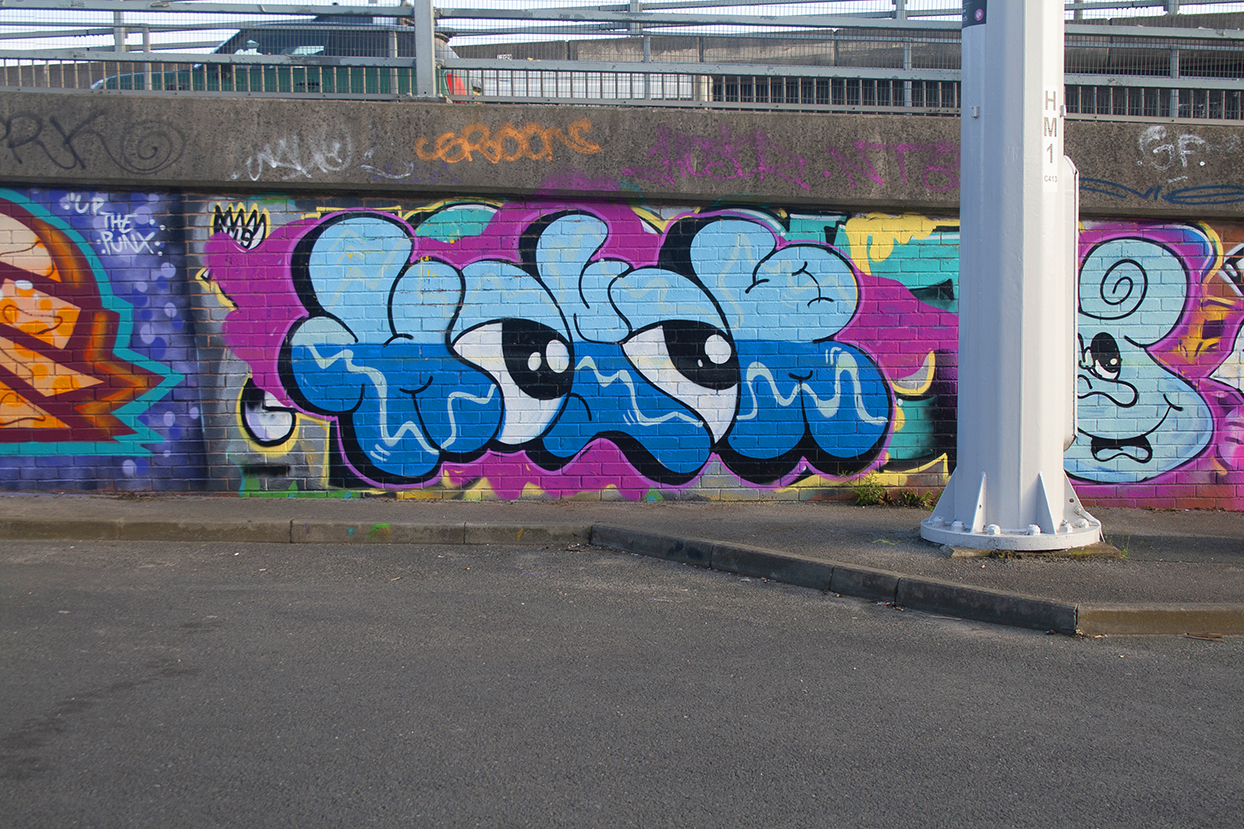
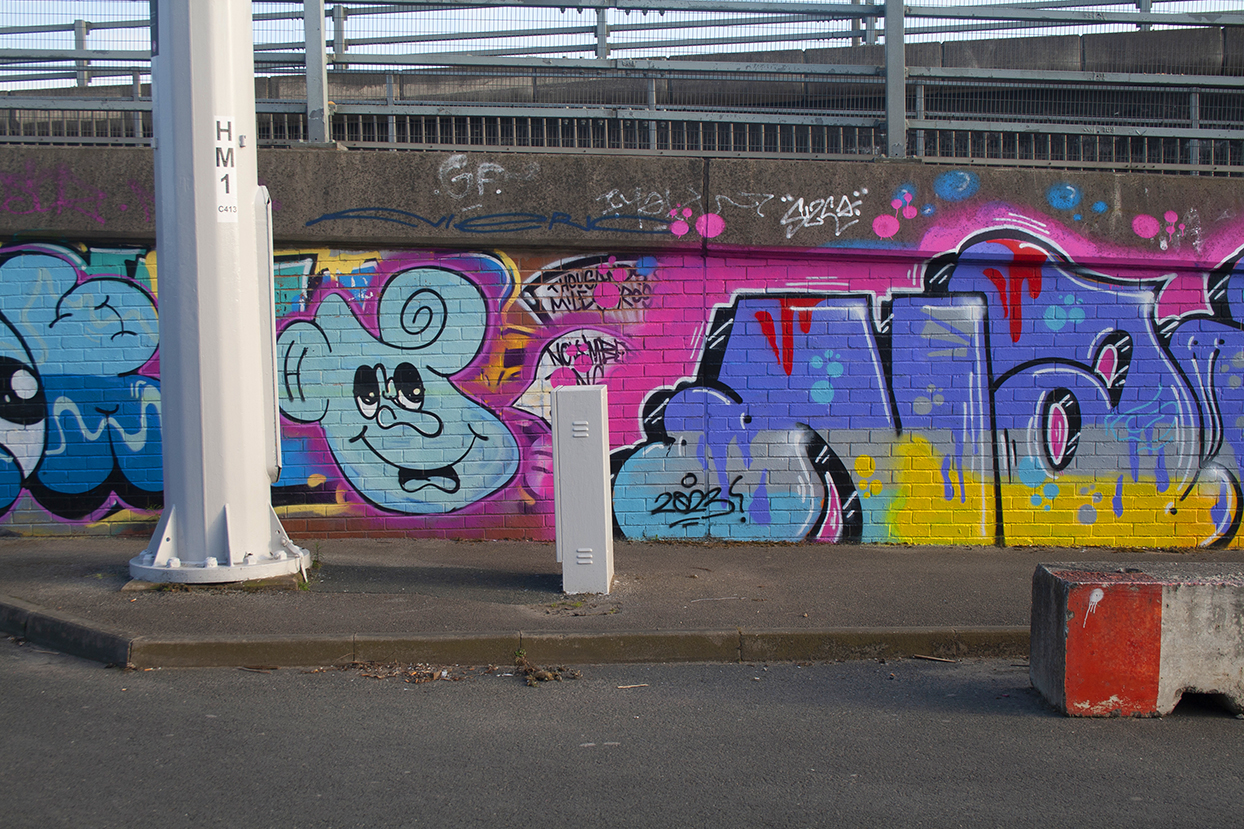
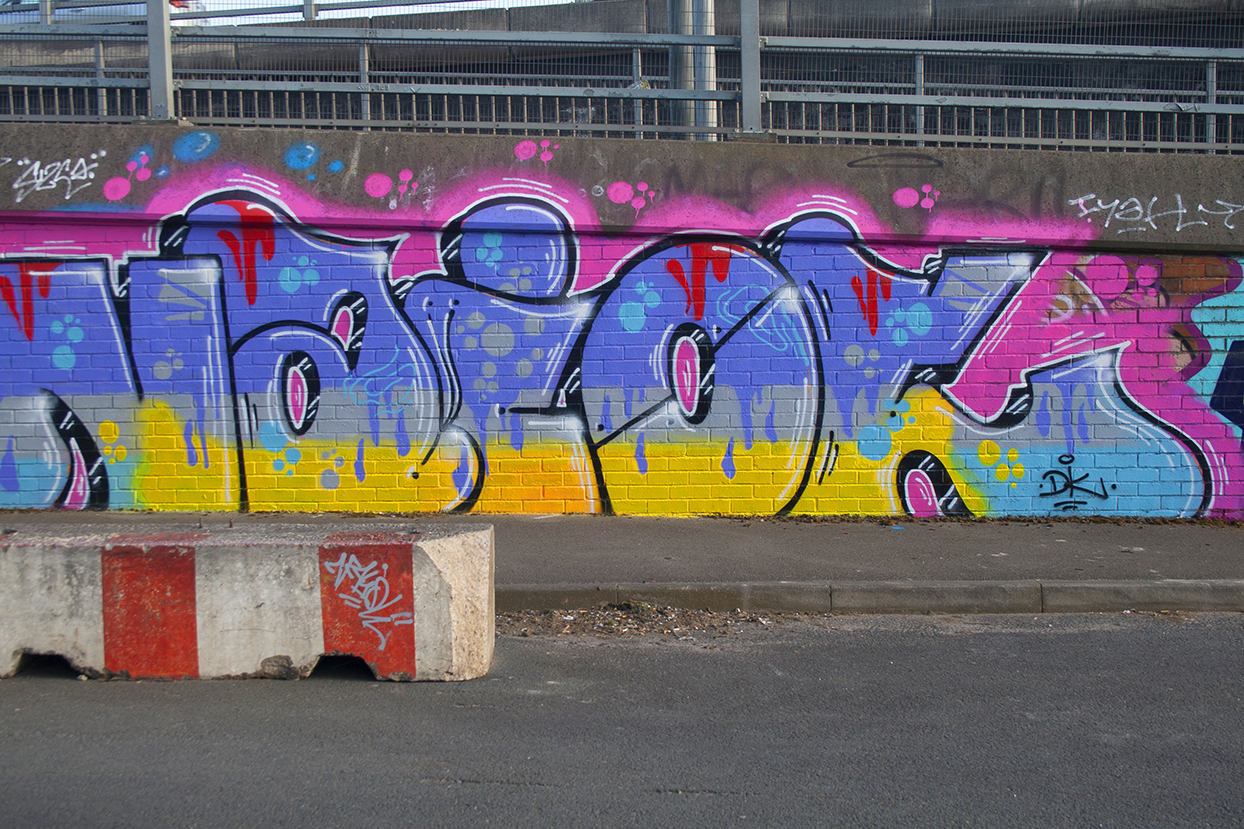
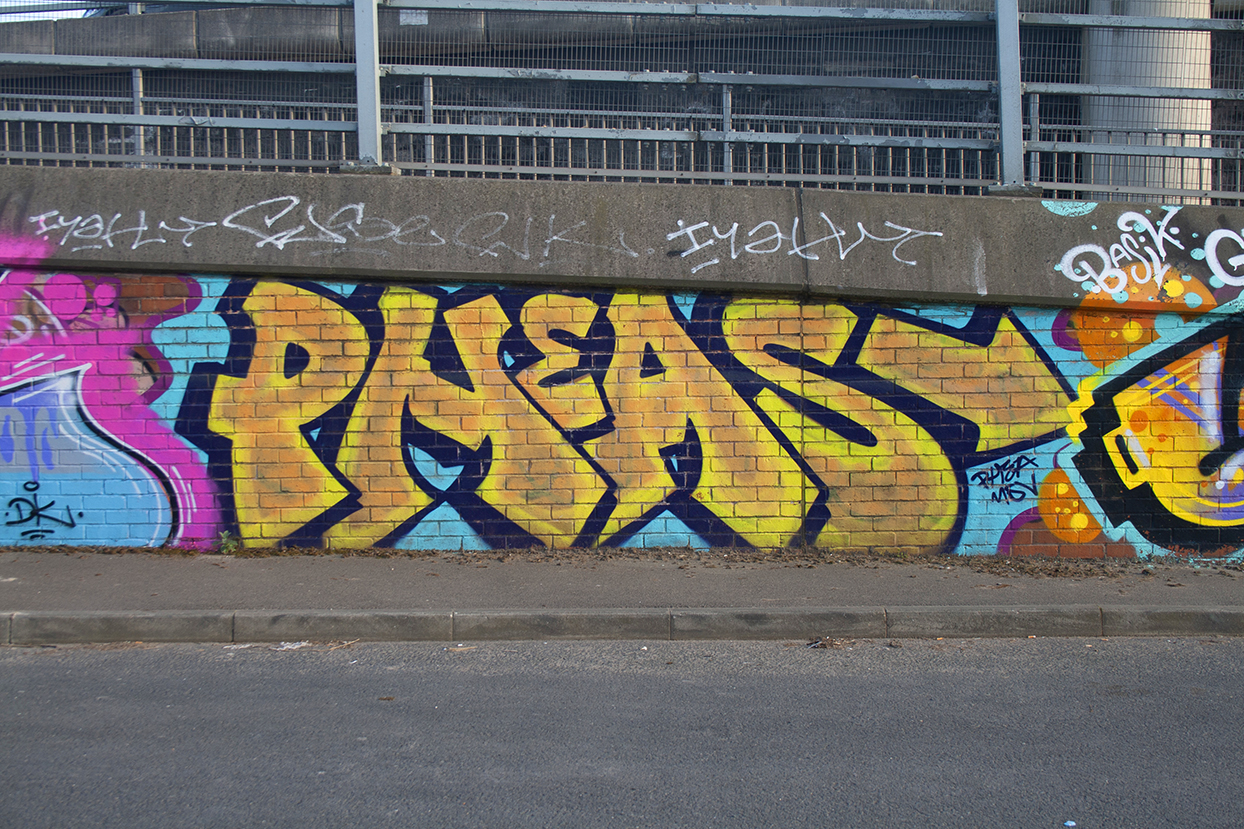
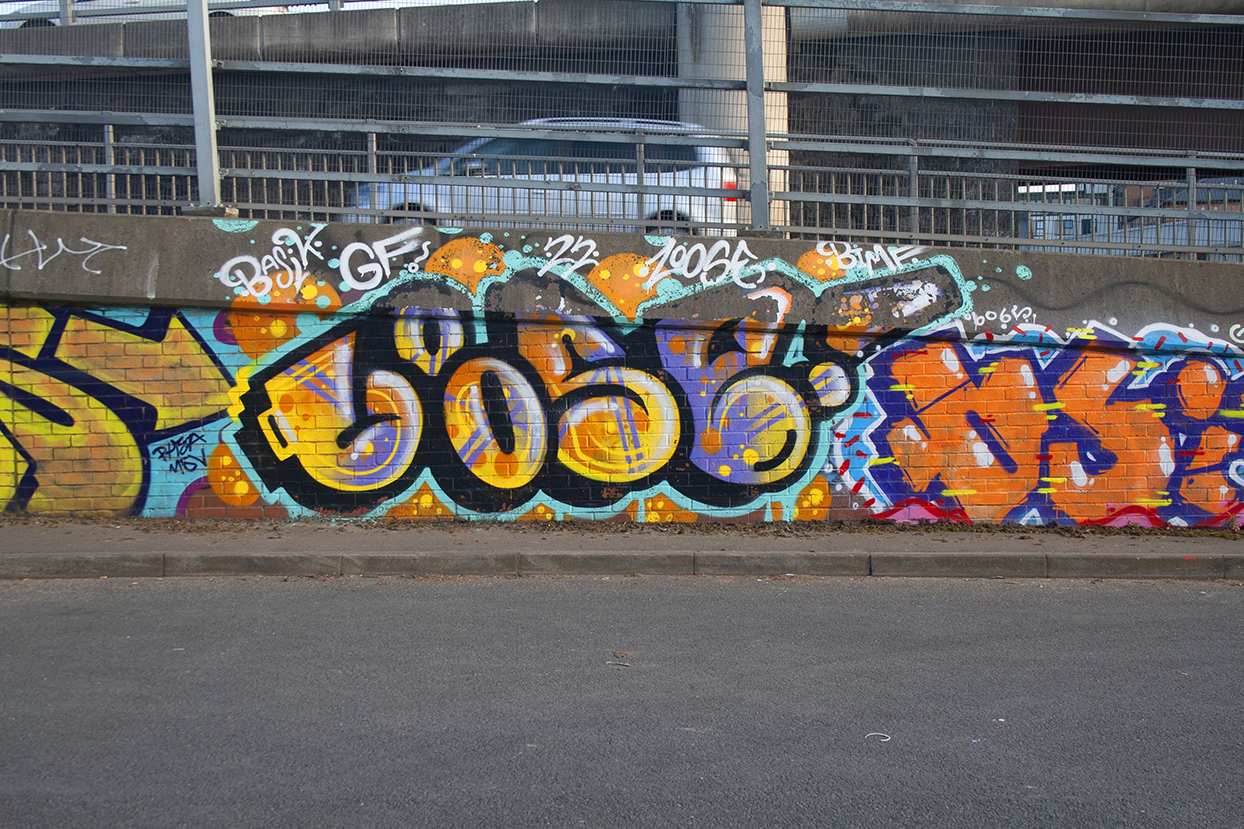
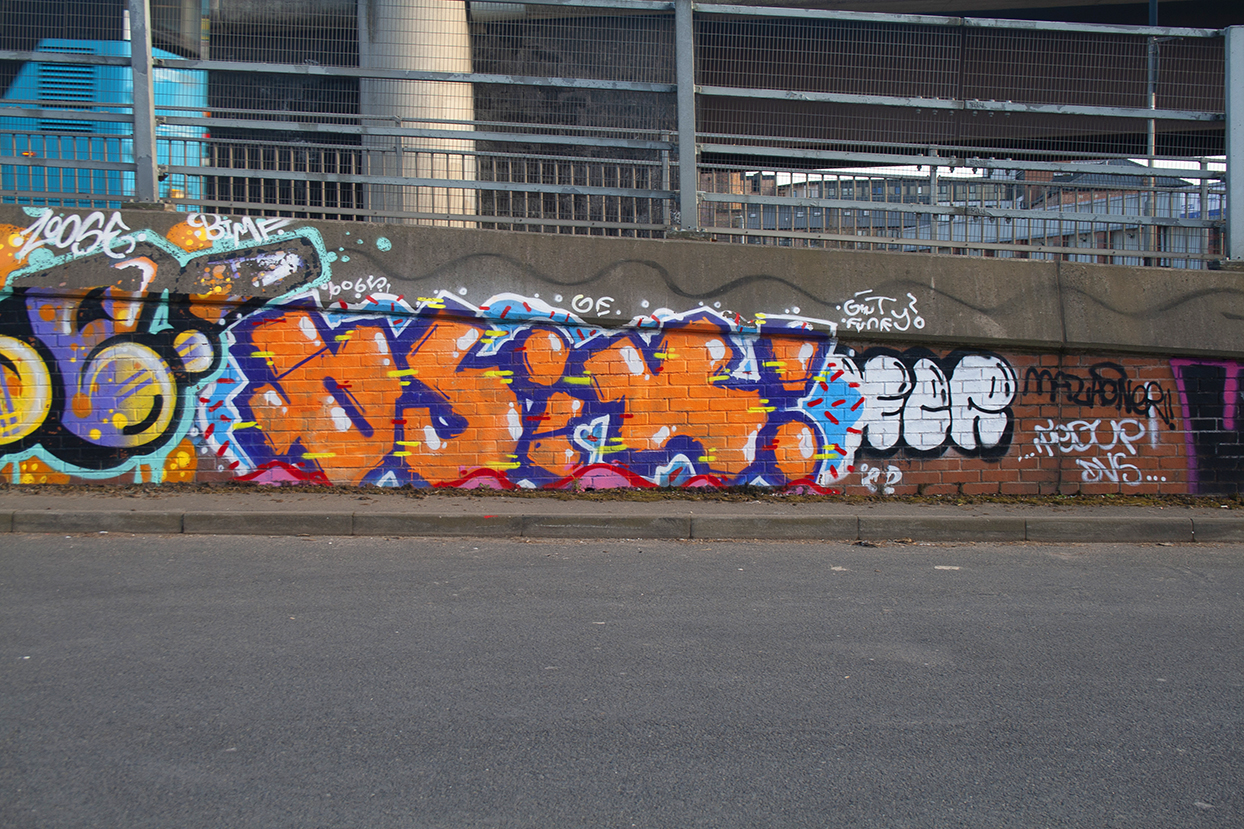
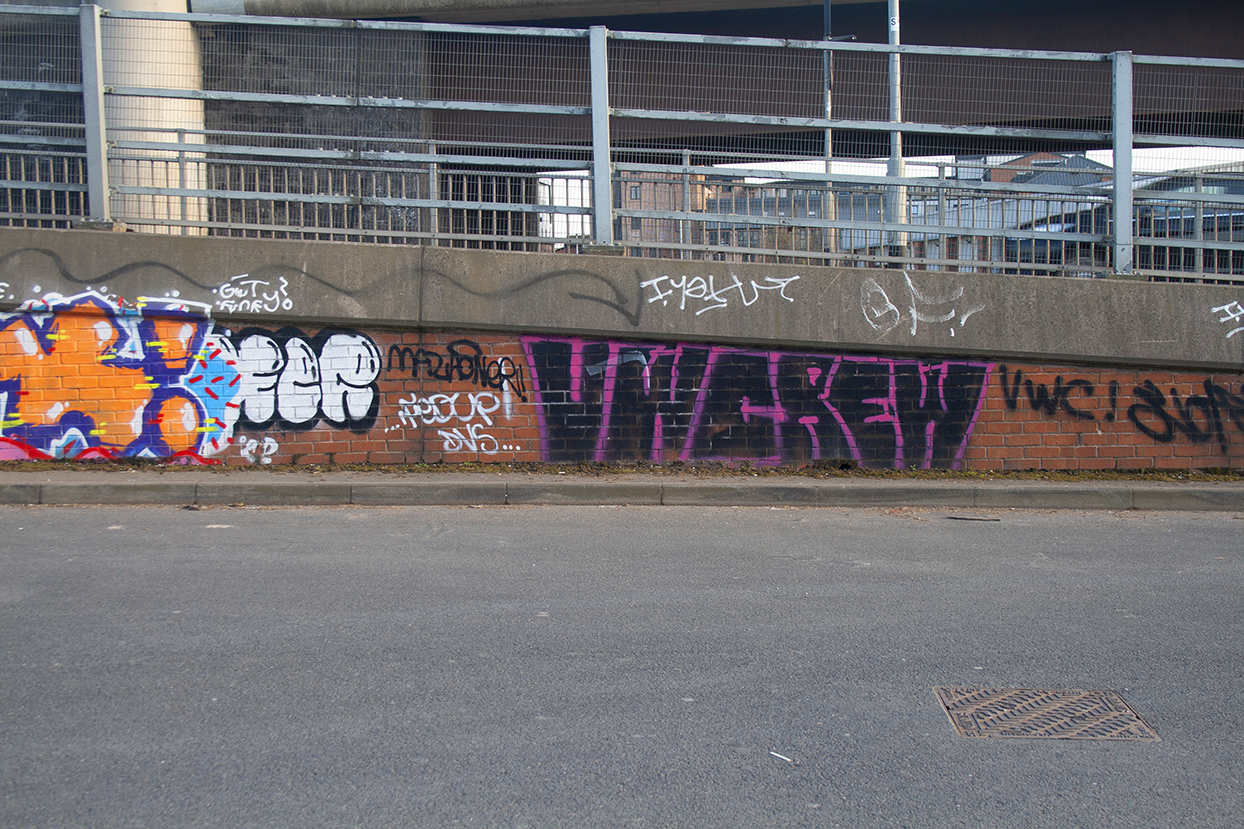
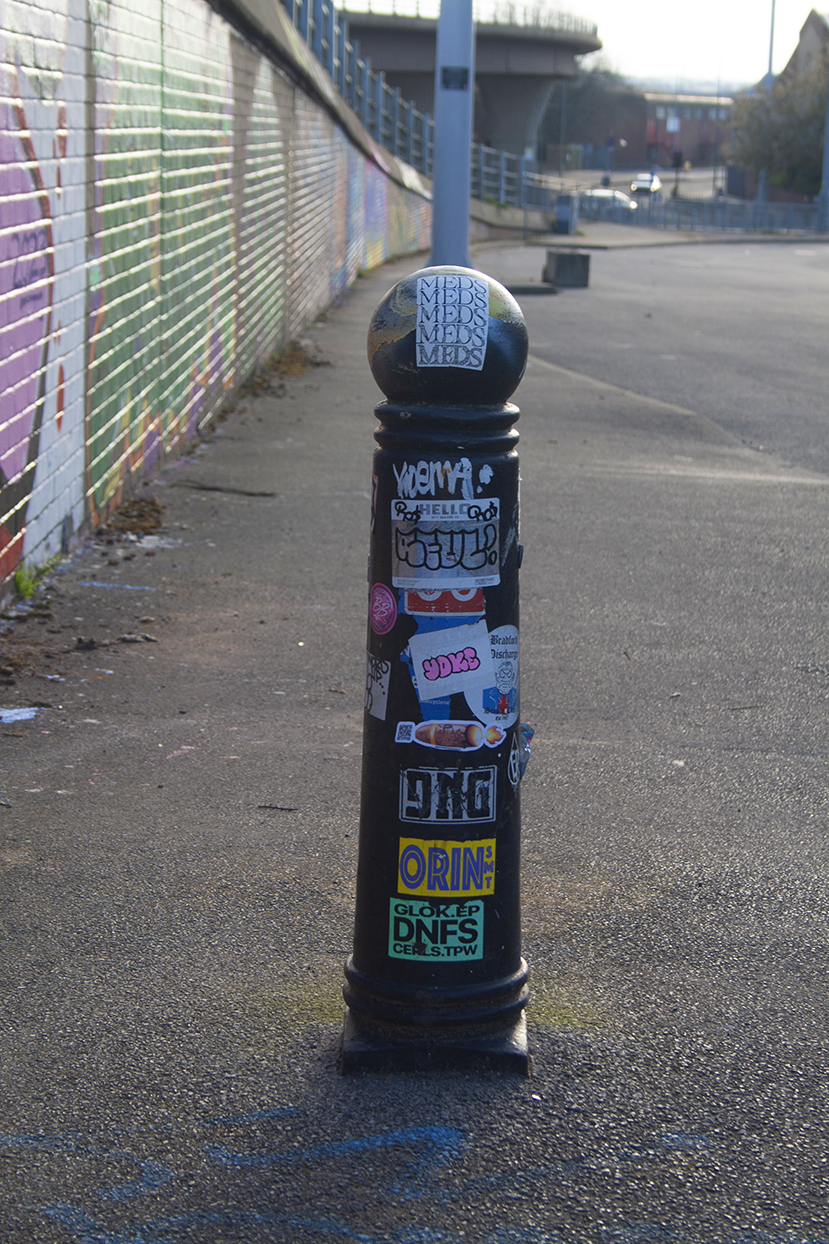
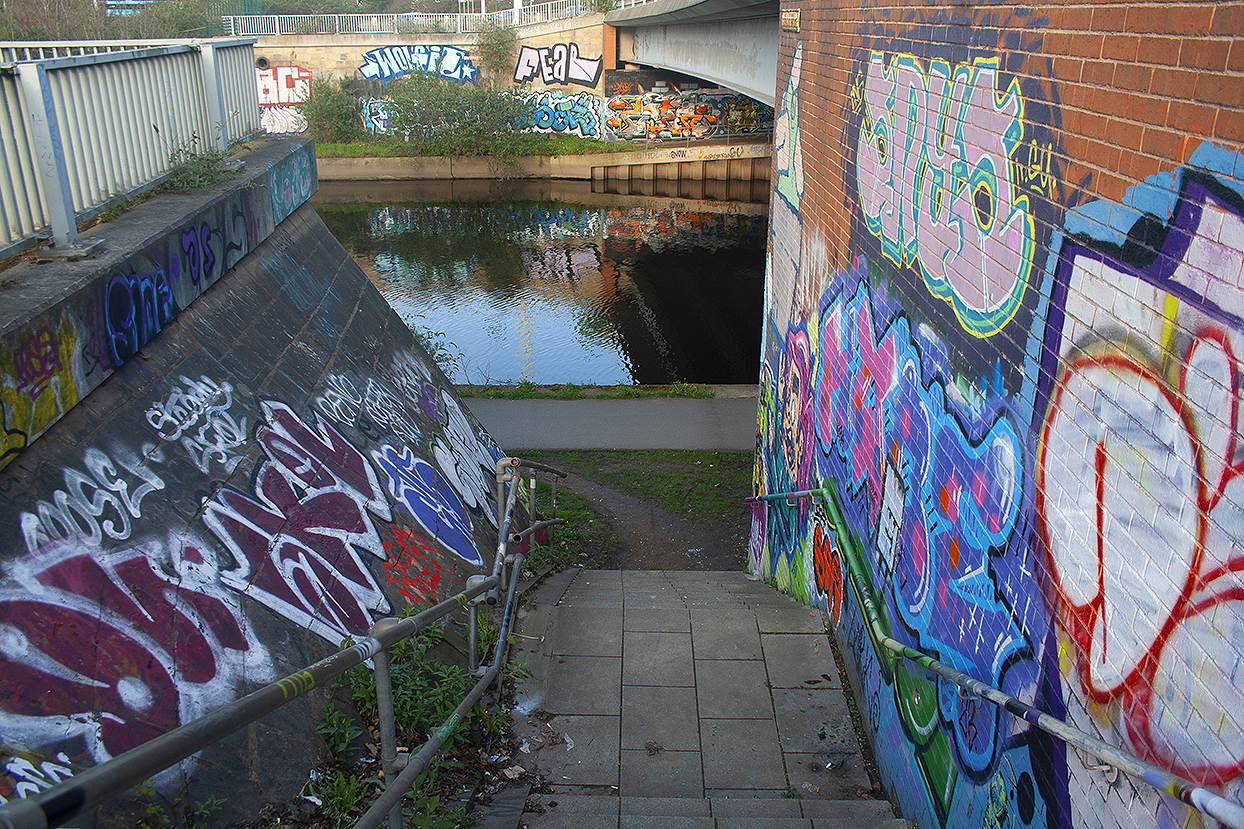
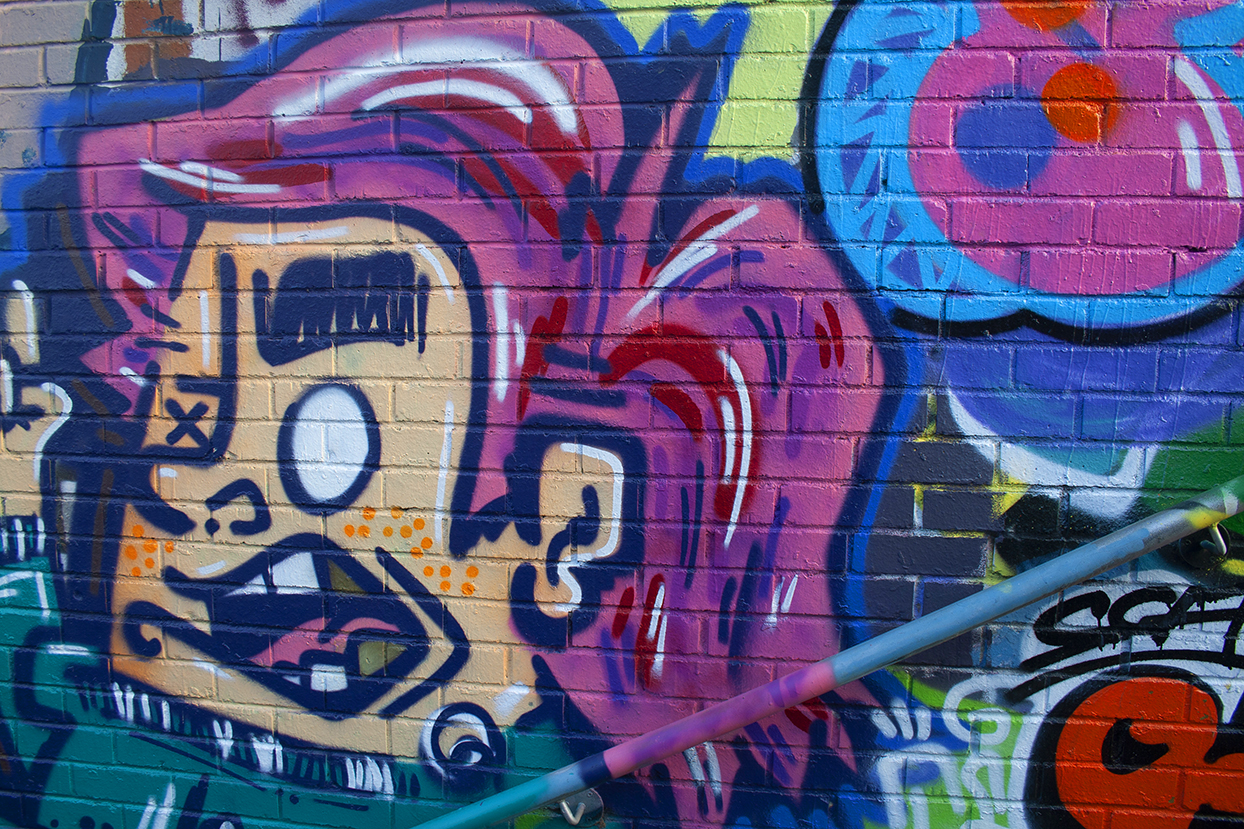
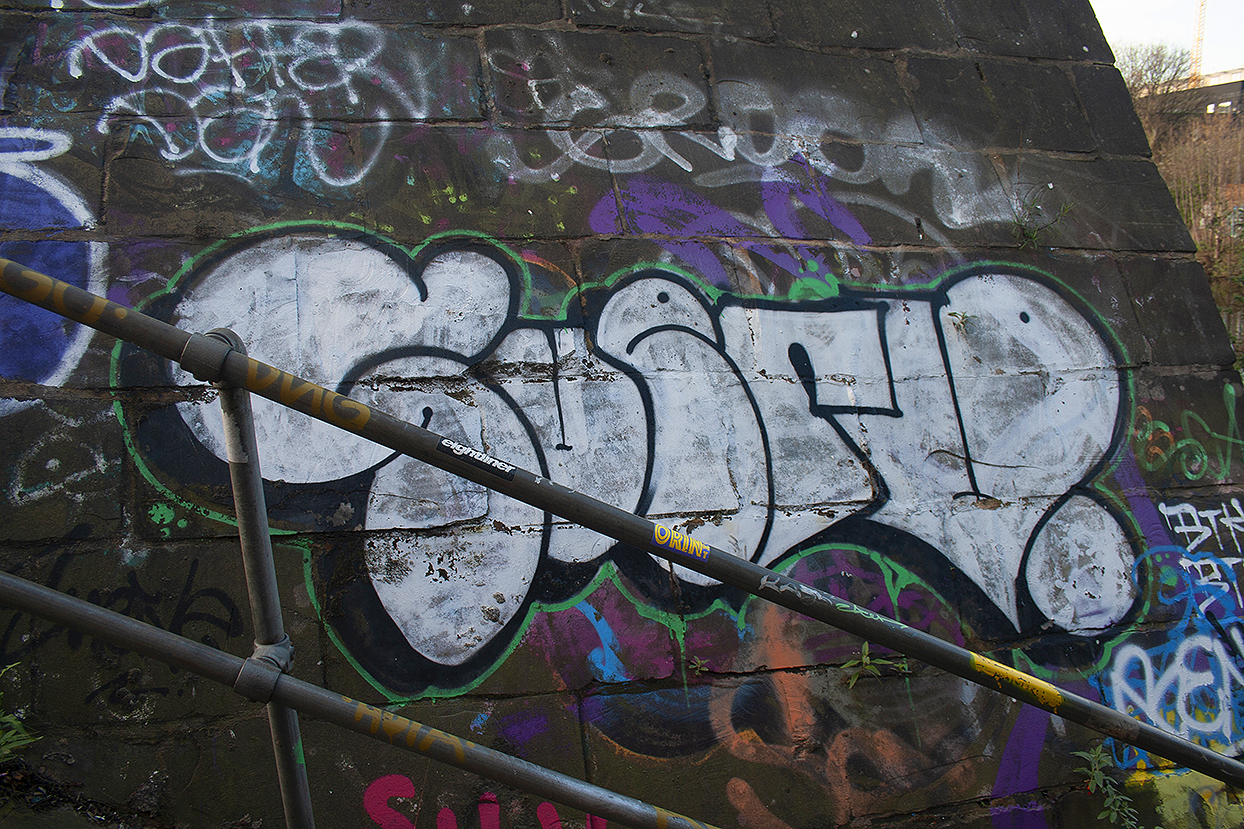
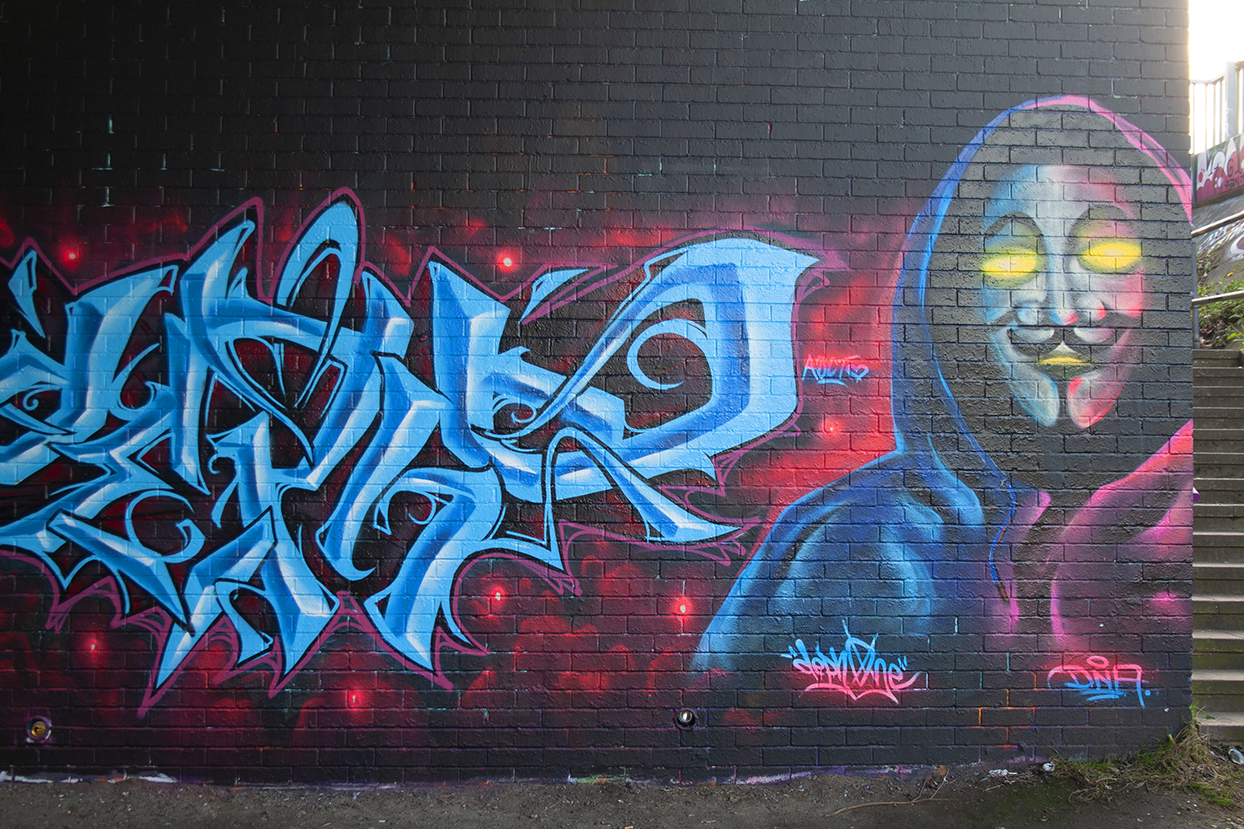
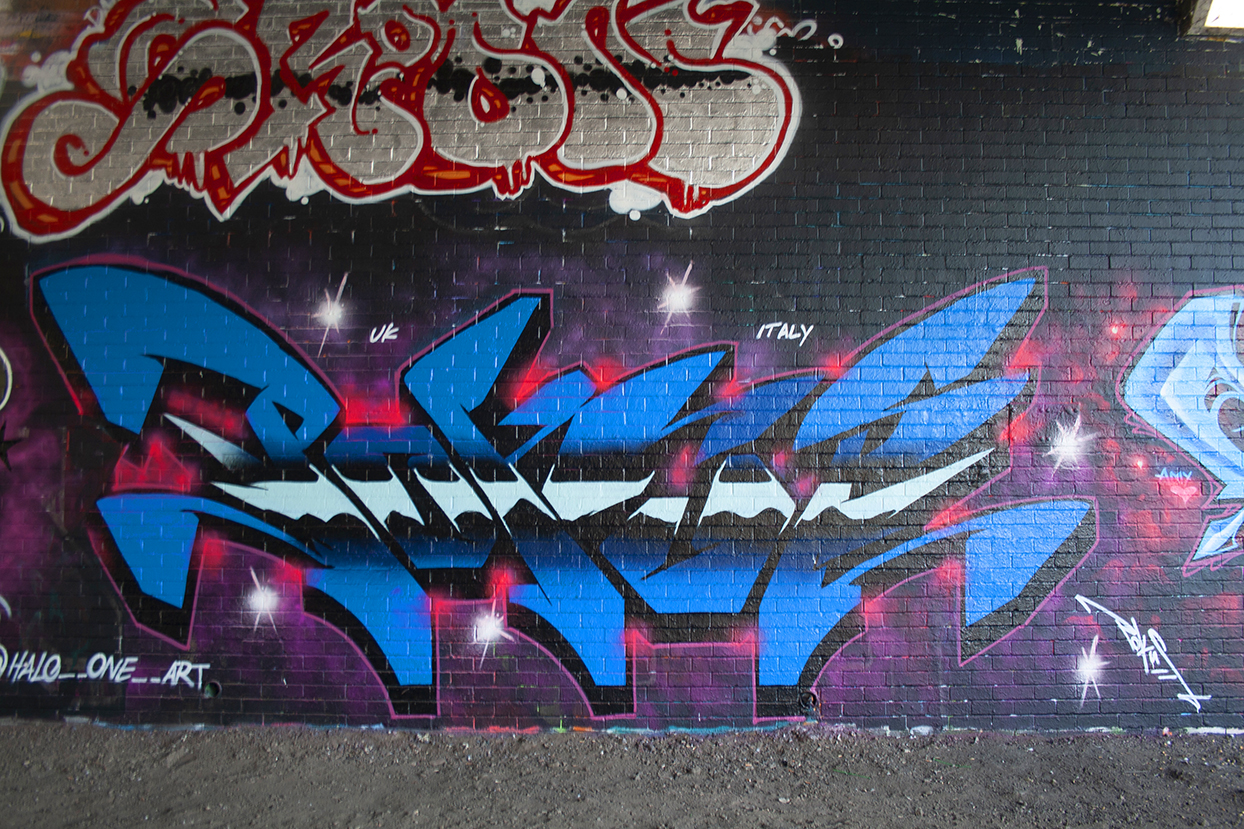
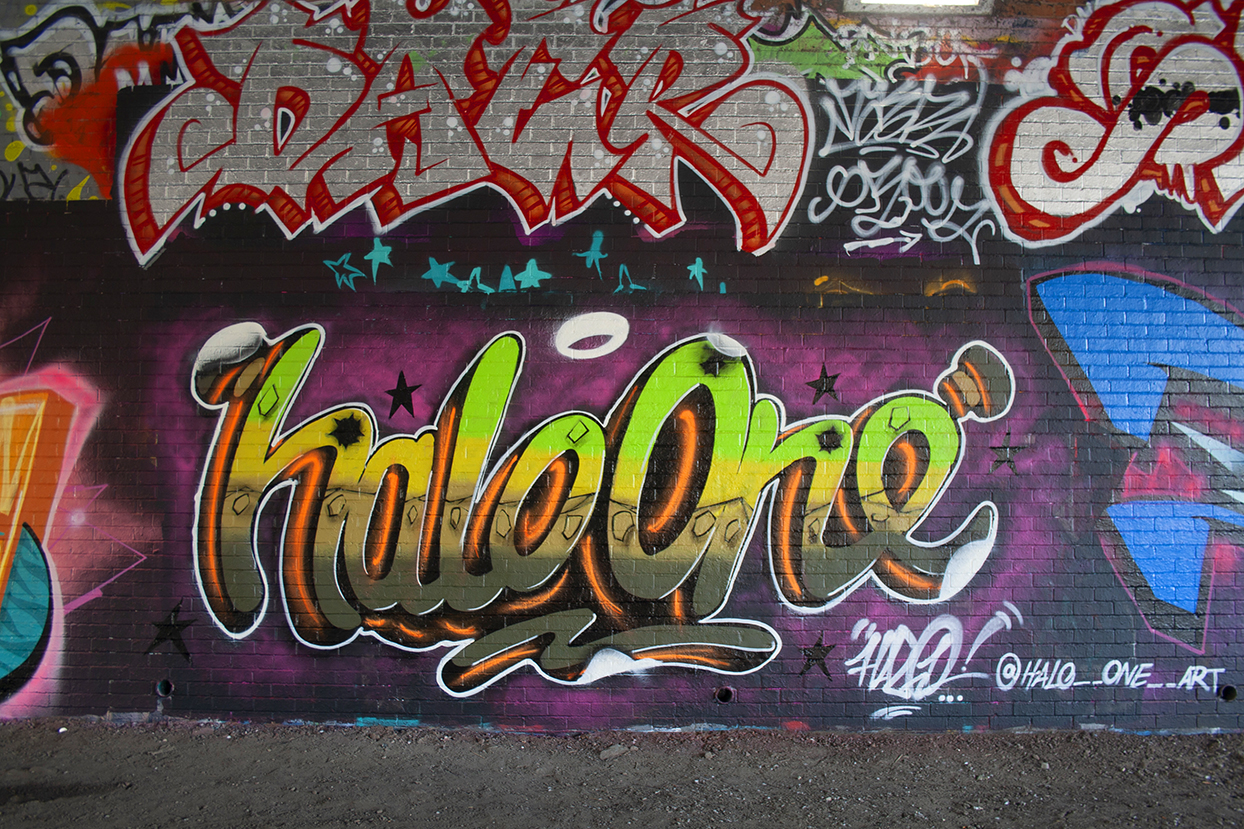
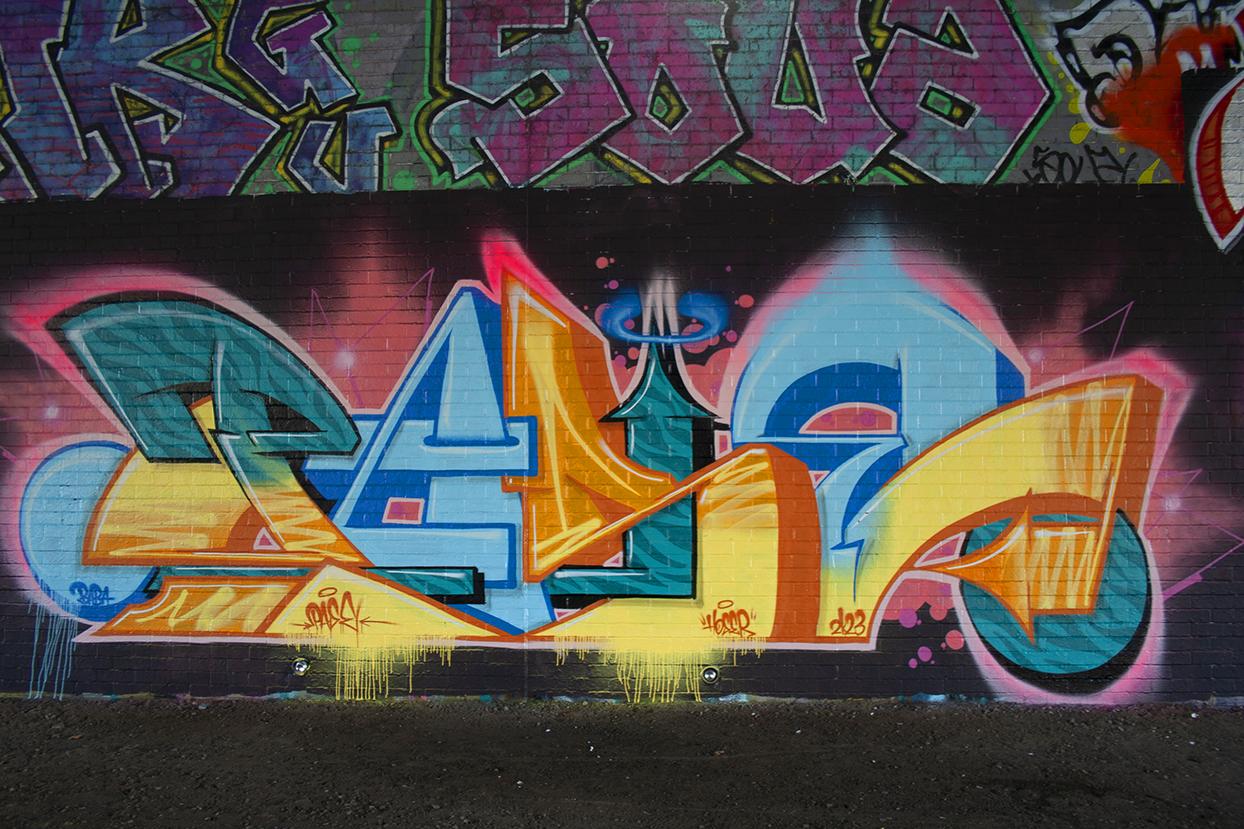
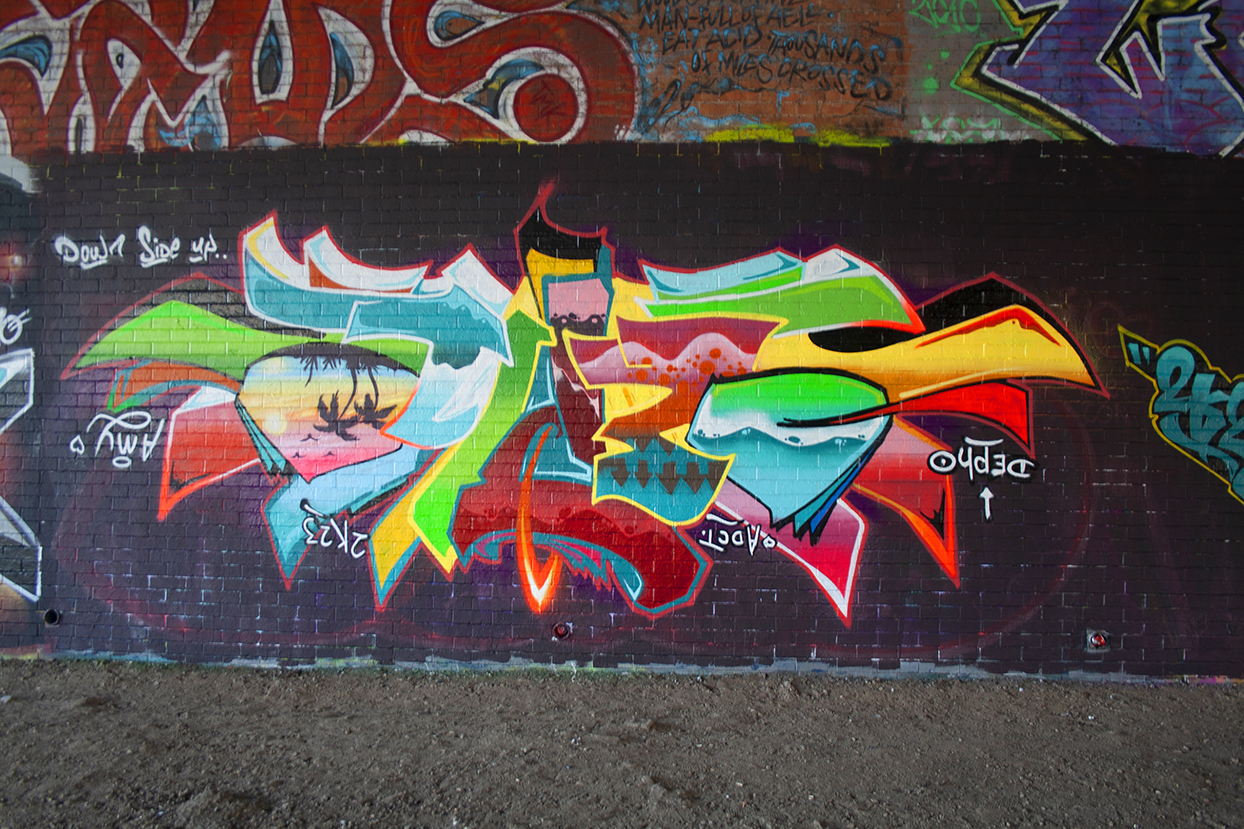
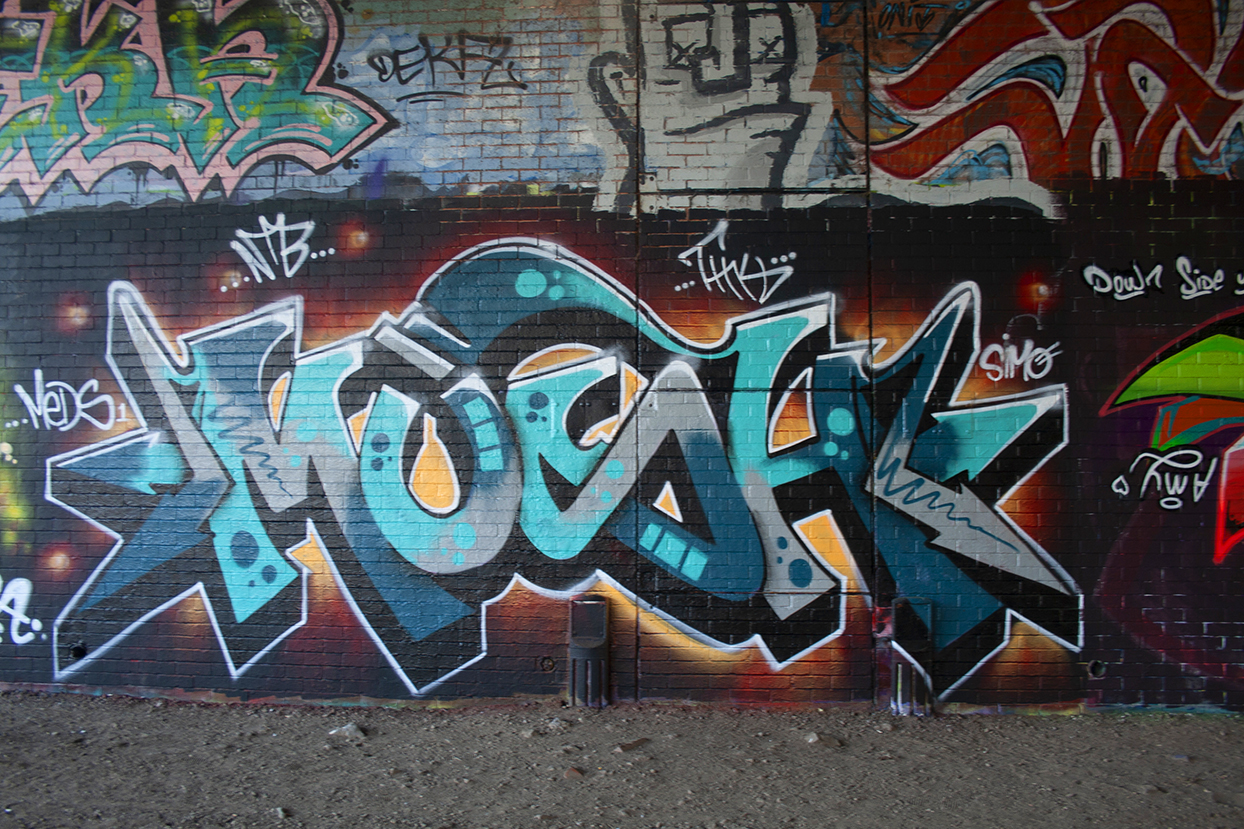
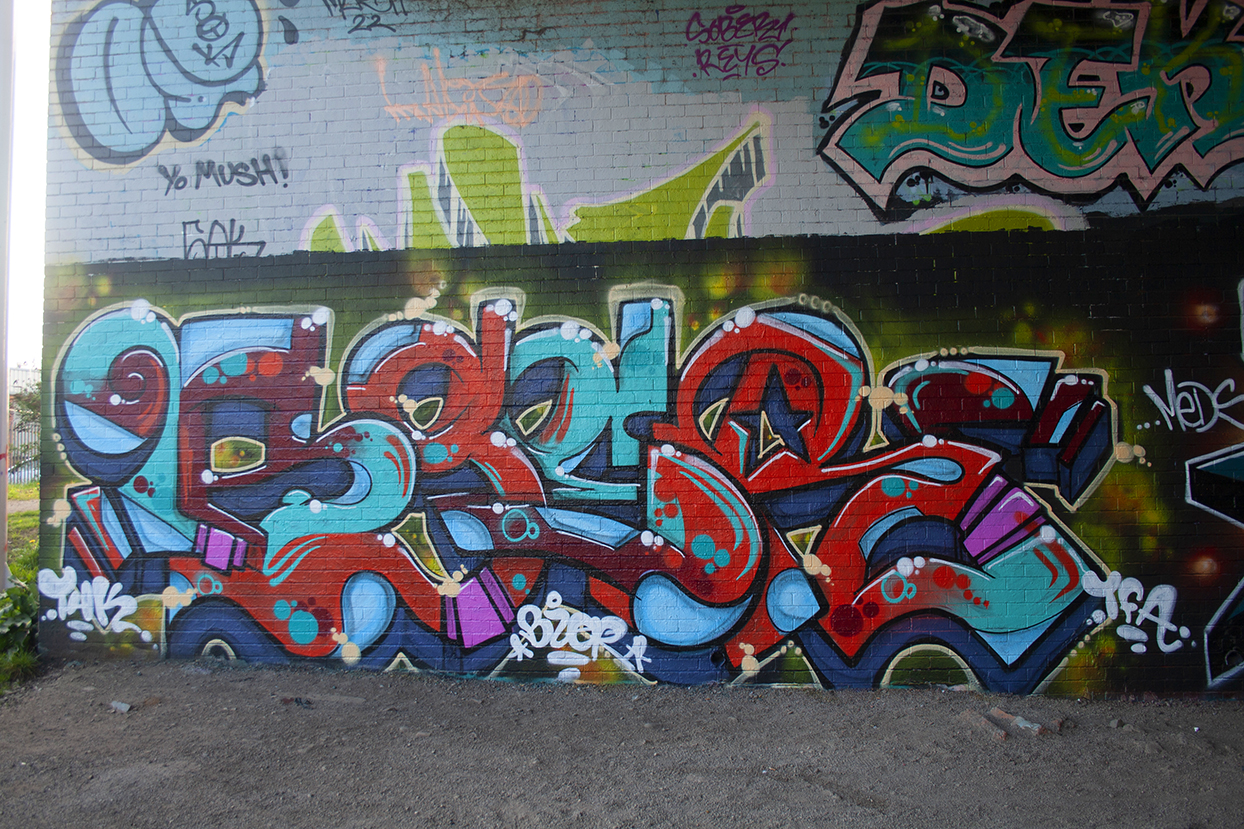
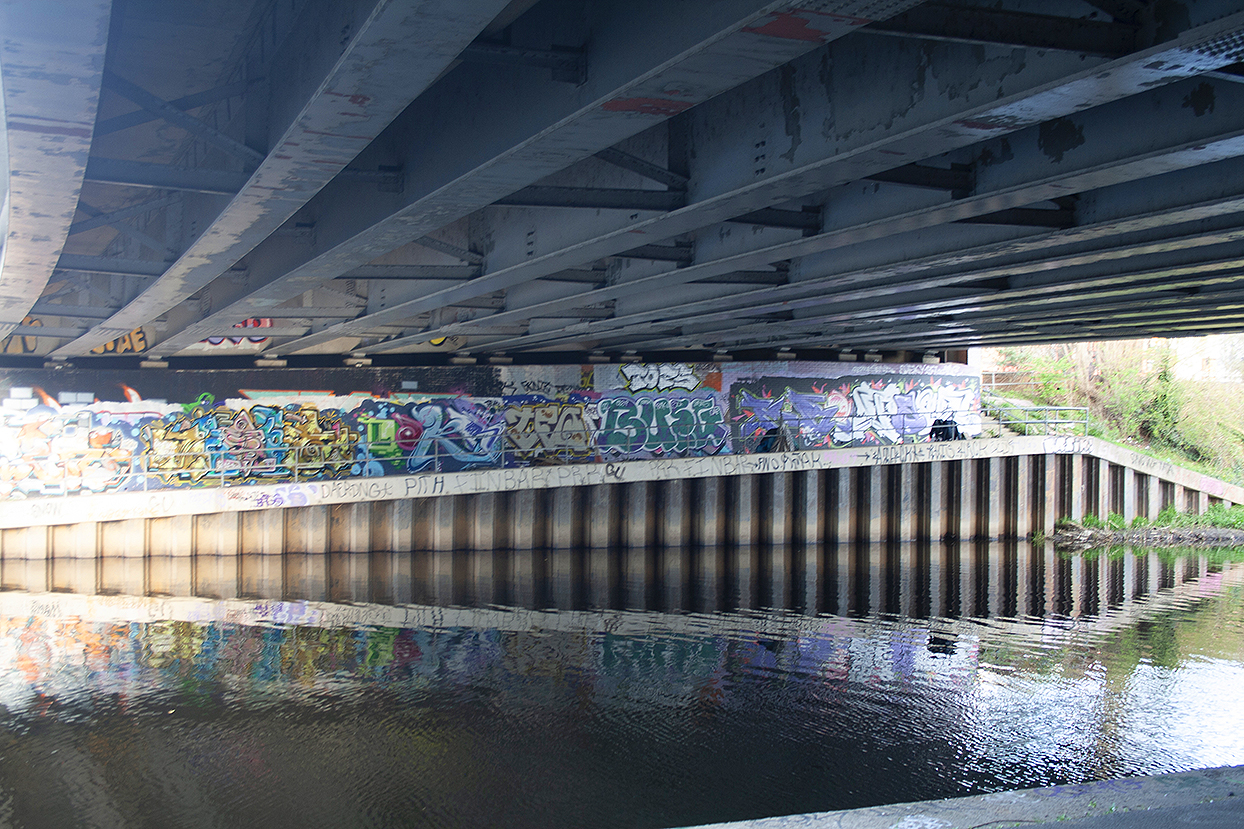
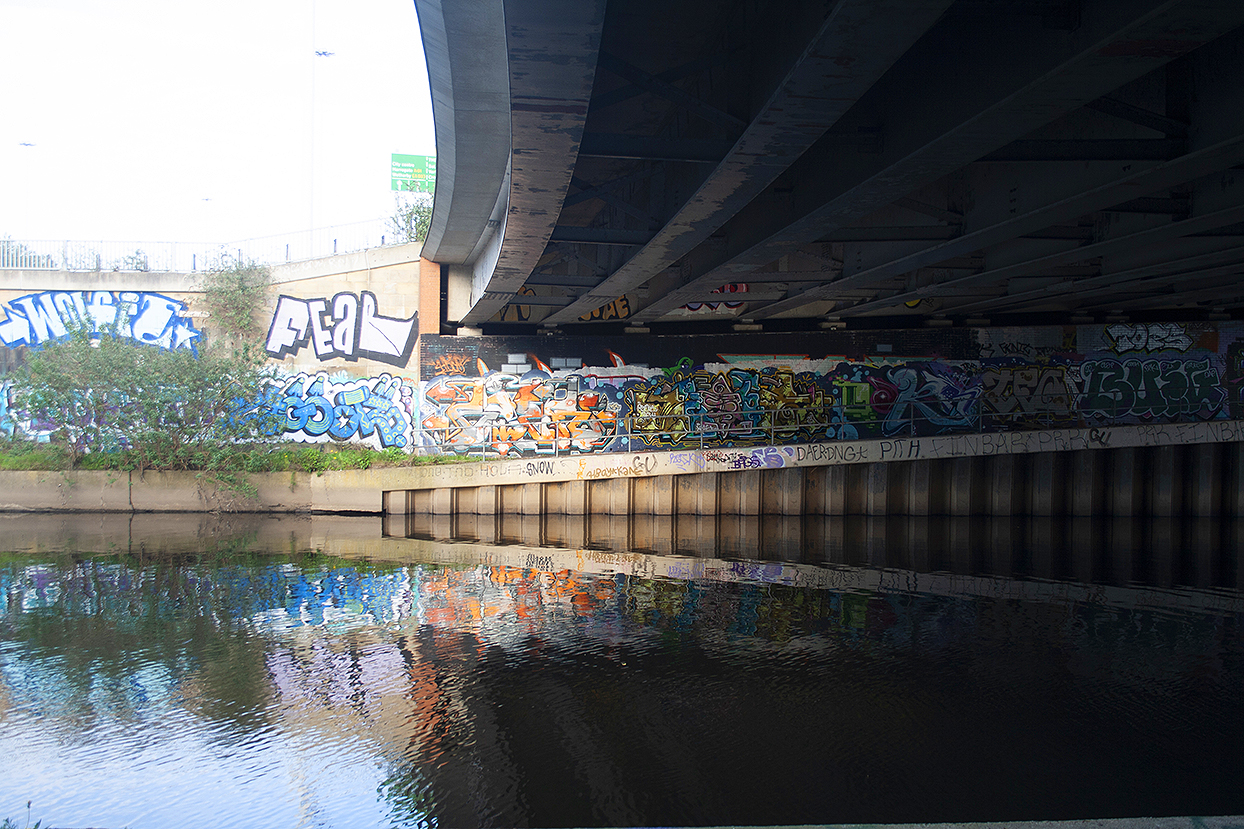
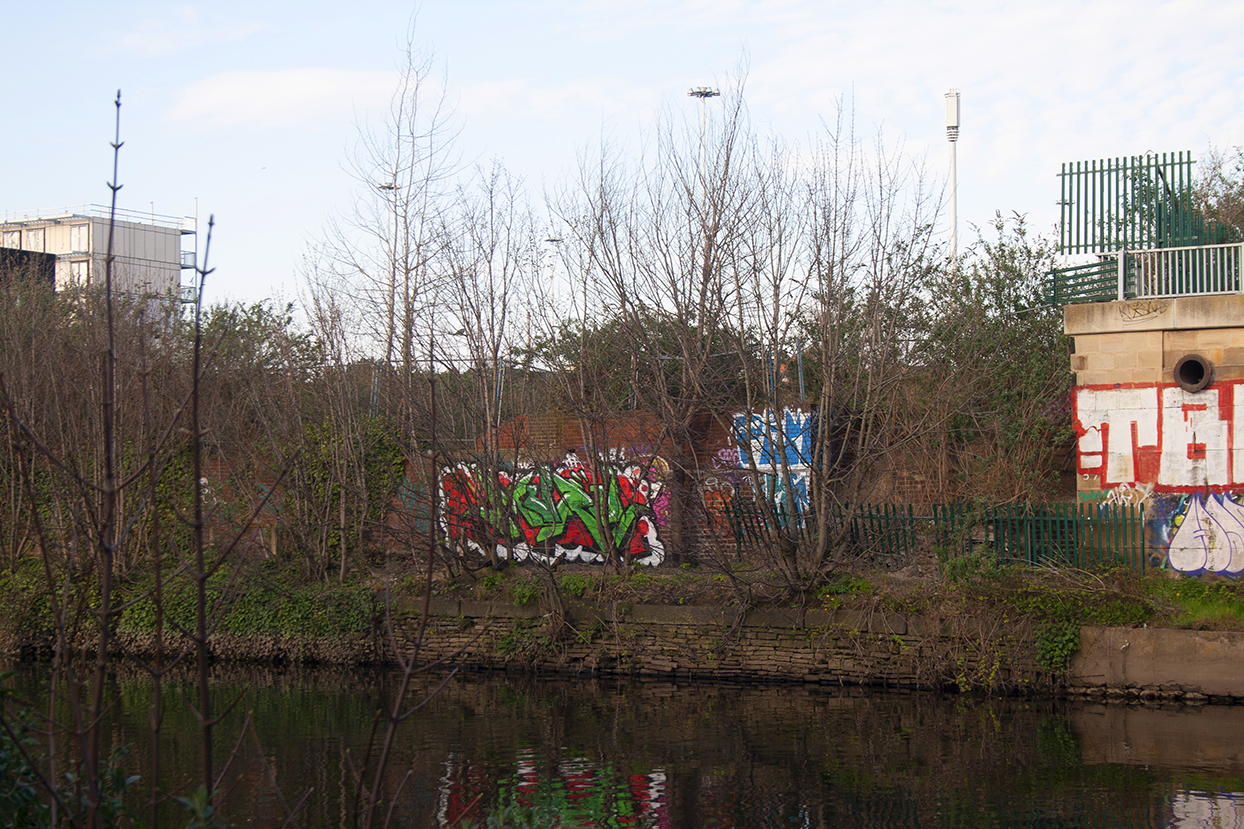
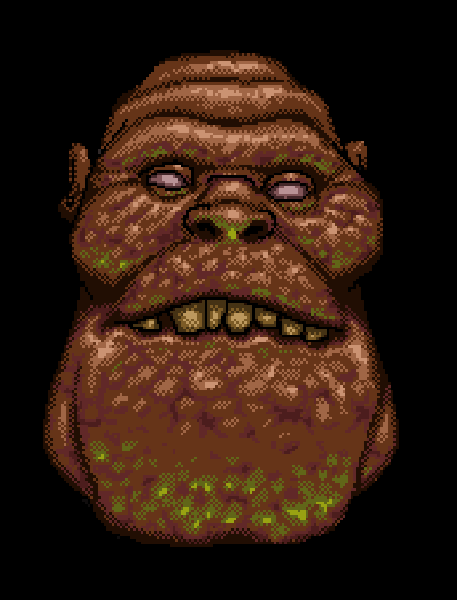
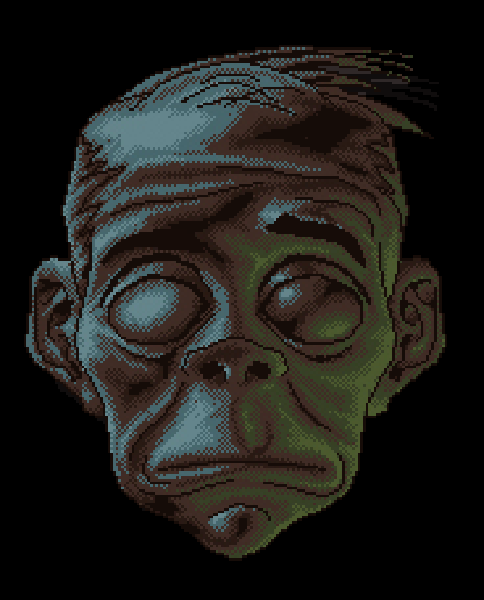
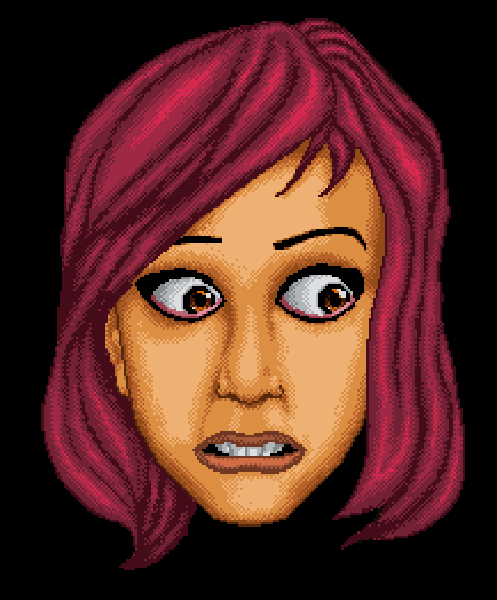
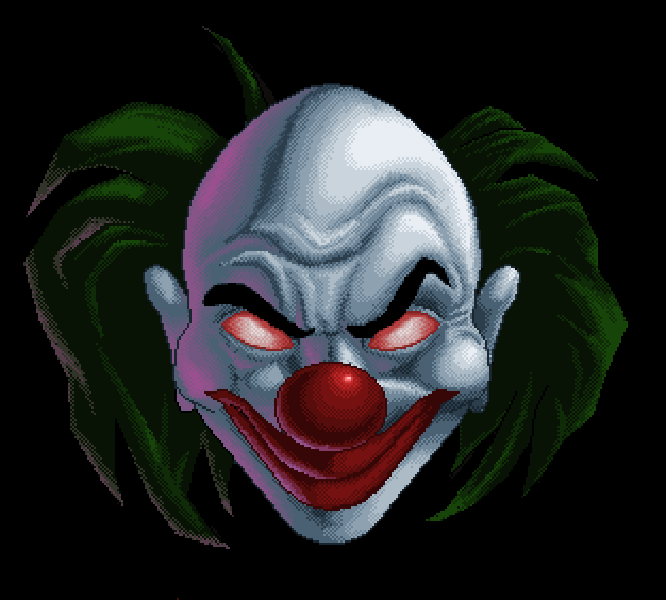
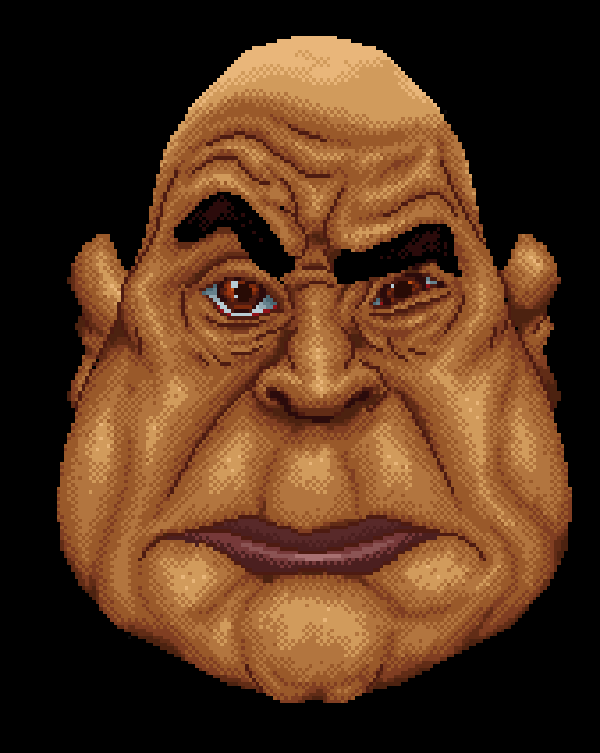
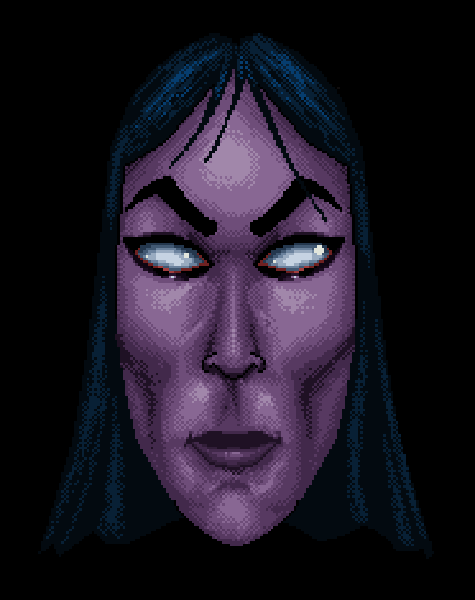
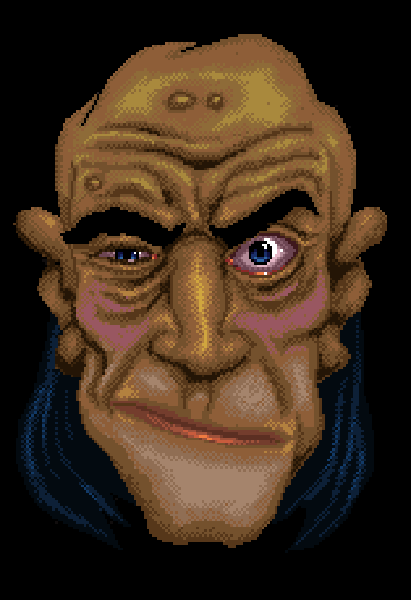
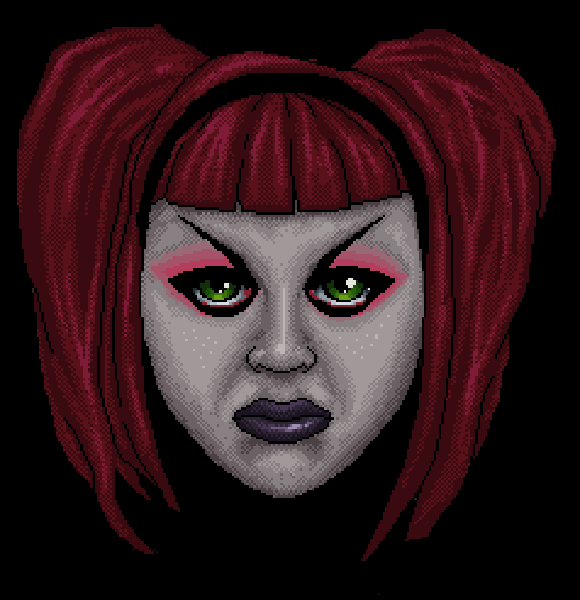
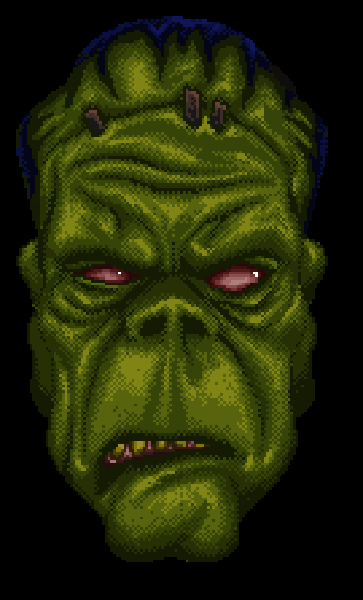
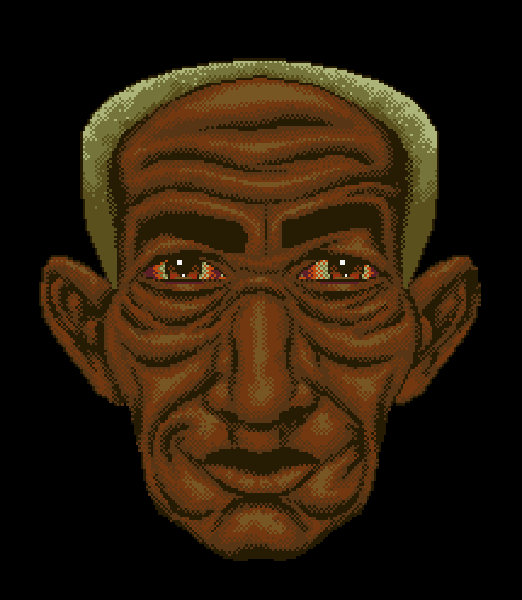
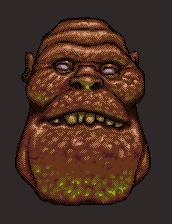
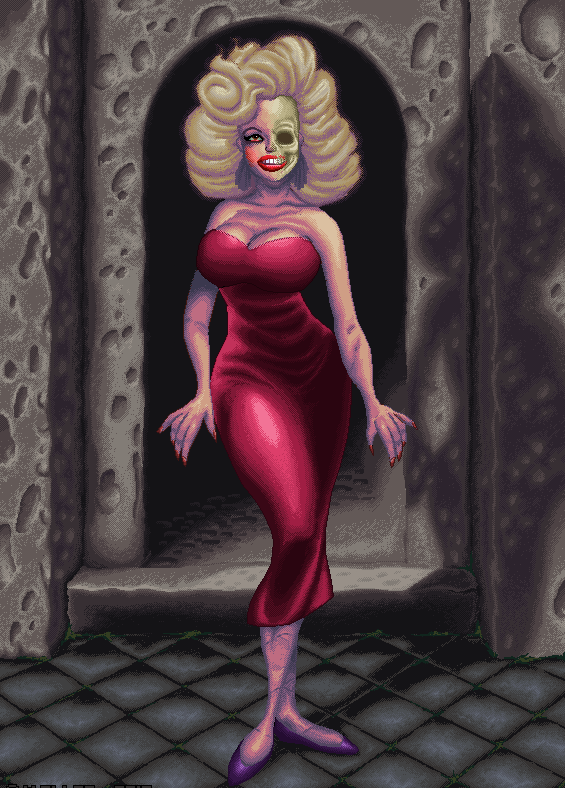
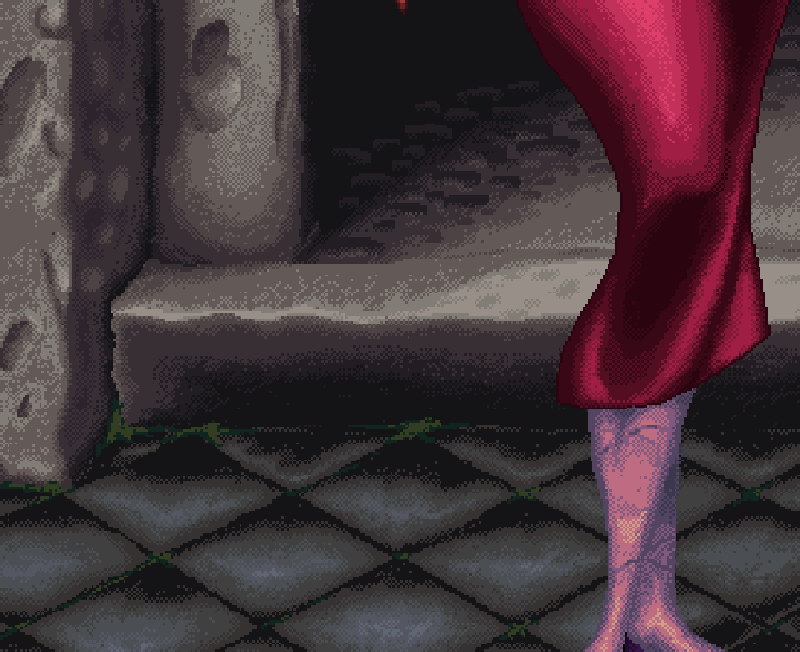 It might not impress the average person to know that unlike most other sane pixel artists, I hand place each dot in the image, drawing these in while looking at a real life sized (much smaller!) real time image as I go, so it takes a while : masochistic I know, but it’s a sure fire way to get into the zone in no time flat 🙂
It might not impress the average person to know that unlike most other sane pixel artists, I hand place each dot in the image, drawing these in while looking at a real life sized (much smaller!) real time image as I go, so it takes a while : masochistic I know, but it’s a sure fire way to get into the zone in no time flat 🙂